Blood Sugar Bombs: Everyday Foods to Watch Out For
In the modern dietary landscape, managing blood sugar levels is a significant concern for many individuals, especially those with diabetes or prediabetes. Yet, even for the health-conscious, some foods can insidiously disrupt blood sugar balance, leading to unexpected spikes and crashes. These fluctuations, often unnoticed, can contribute to energy slumps, mood swings, and long-term health complications. That's why we've expanded our list of sneaky foods that may quietly send your blood sugar on a rollercoaster ride, often masquerading as healthy or benign options. By understanding these dietary pitfalls, you can make more informed choices to maintain steady blood sugar levels and overall well-being.
1. The Deceptive Nature of Whole Wheat Bread
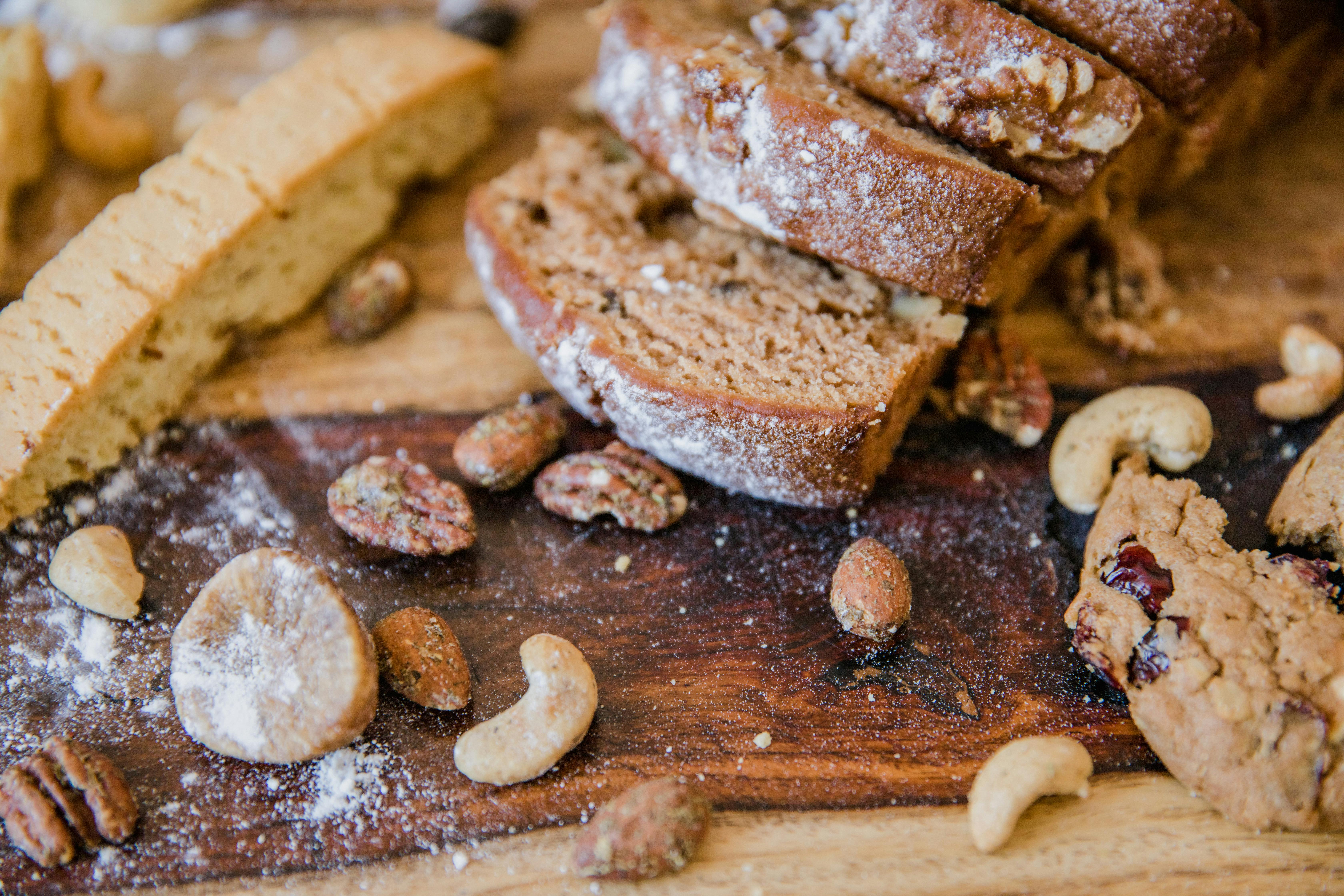
Whole wheat bread is often perceived as a healthier alternative to white bread due to its higher fiber content. However, not all whole wheat breads are created equal. Many commercial varieties contain added sugars and refined flour, which can lead to a rapid increase in blood glucose levels. The glycemic index (GI) of these breads can be surprisingly high, causing blood sugar spikes similar to those of white bread. It's essential to scrutinize ingredient labels and opt for whole grain breads with minimal additives. Choosing breads with seeds or nuts can also help moderate the glycemic response, providing a more stable energy source.
2. Flavored Yogurts: The Sugary Trap
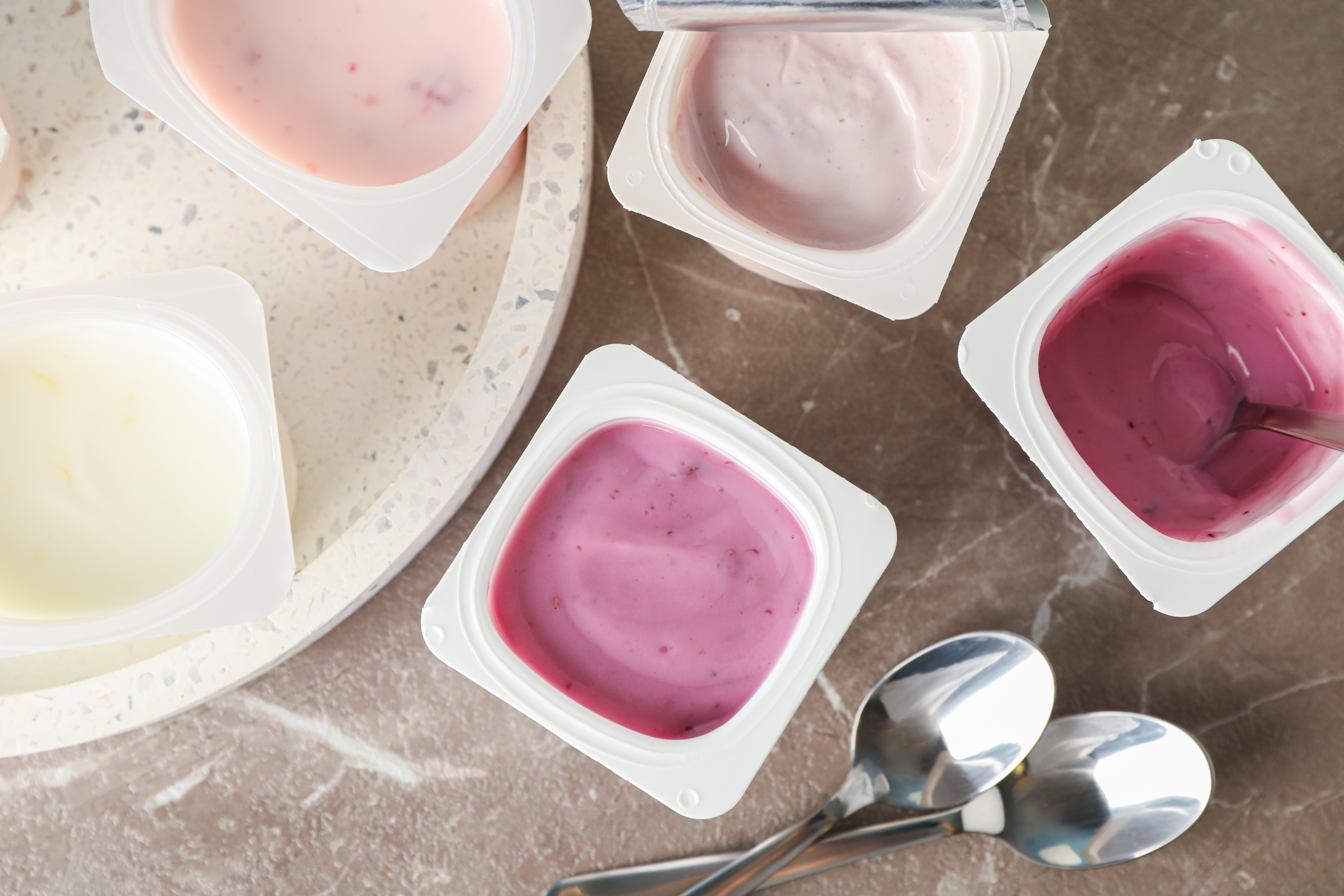
Yogurt is often celebrated for its probiotic benefits and high protein content, making it a popular choice for a healthy snack. However, flavored yogurts can be a hidden source of sugar, with some varieties containing as much sugar as a candy bar. These added sugars can cause a swift rise in blood glucose levels, negating the potential health benefits of yogurt. Opting for plain, unsweetened yogurt and adding fresh fruit or a drizzle of honey can help manage sugar intake while still enjoying a flavorful treat. Greek yogurt, in particular, offers a higher protein content, which can aid in stabilizing blood sugar.
3. Granola Bars: The Energy Spike
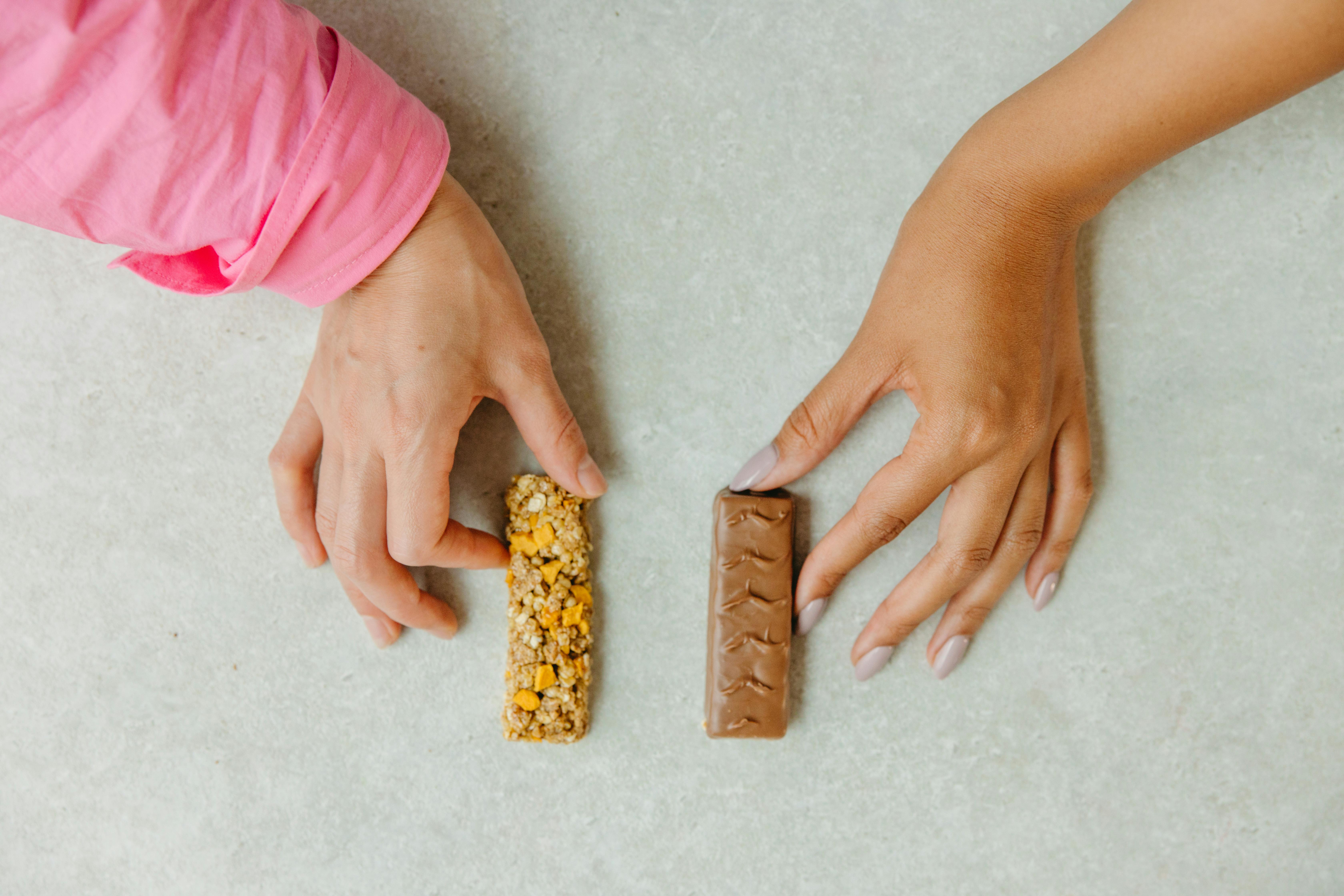
Granola bars are often marketed as a convenient and healthy snack option, perfect for on-the-go energy. However, many commercial granola bars are laden with sugars and syrups, which can lead to a rapid increase in blood sugar. The combination of refined grains and sweeteners can make these bars more akin to a dessert than a nutritious snack. When selecting granola bars, it's crucial to look for those with whole ingredients, low sugar content, and a balance of protein and fiber. Alternatively, making homemade granola bars allows for control over the ingredients, ensuring a healthier choice that supports stable blood sugar levels.
4. Fruit Juices: The Concentrated Sugar

Fruit juices, even those labeled as "100% natural," can be a significant source of concentrated sugars. When fruit is juiced, the fiber is removed, leaving behind a liquid that can cause a rapid spike in blood glucose. This is particularly true for juices with added sugars or those consumed in large quantities. Whole fruits, with their natural fiber content, are a better option as they slow down the absorption of sugar into the bloodstream. If juice is preferred, diluting it with water or choosing vegetable-based juices with lower sugar content can help mitigate the impact on blood sugar levels.
5. Breakfast Cereals: The Morning Misstep
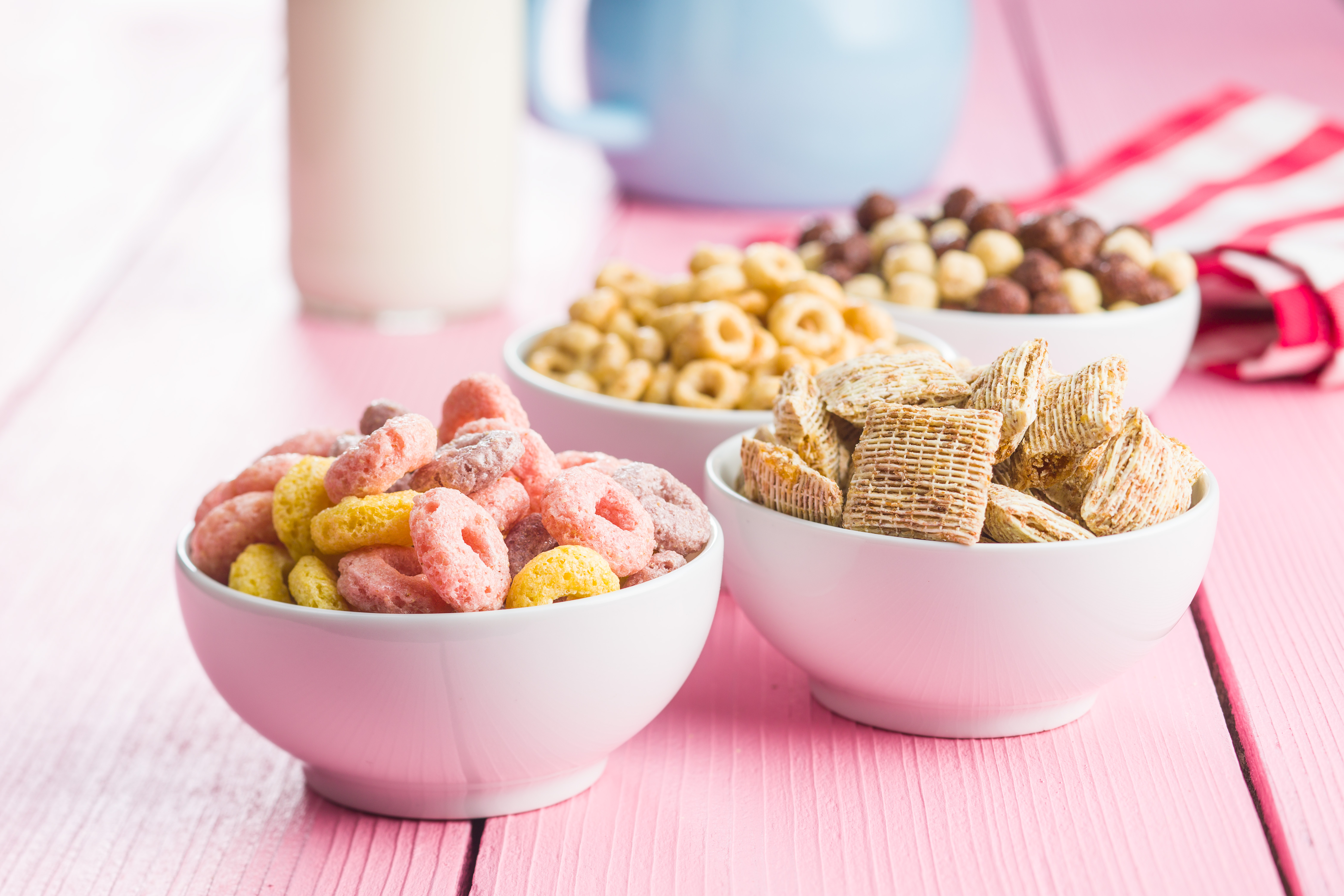
Many breakfast cereals, especially those targeted at children, are packed with sugars and refined carbohydrates. These cereals can lead to a quick rise in blood sugar, followed by a crash that leaves you feeling hungry and tired. Even cereals that claim to be "whole grain" or "fortified" can be misleading if they contain high levels of sugar. Opting for cereals with high fiber content and minimal sugar is key to maintaining steady energy levels throughout the morning. Better yet, consider alternatives like oatmeal or homemade muesli, which provide sustained energy and a more balanced blood sugar response.
6. Dried Fruits: The Sweet Surprise
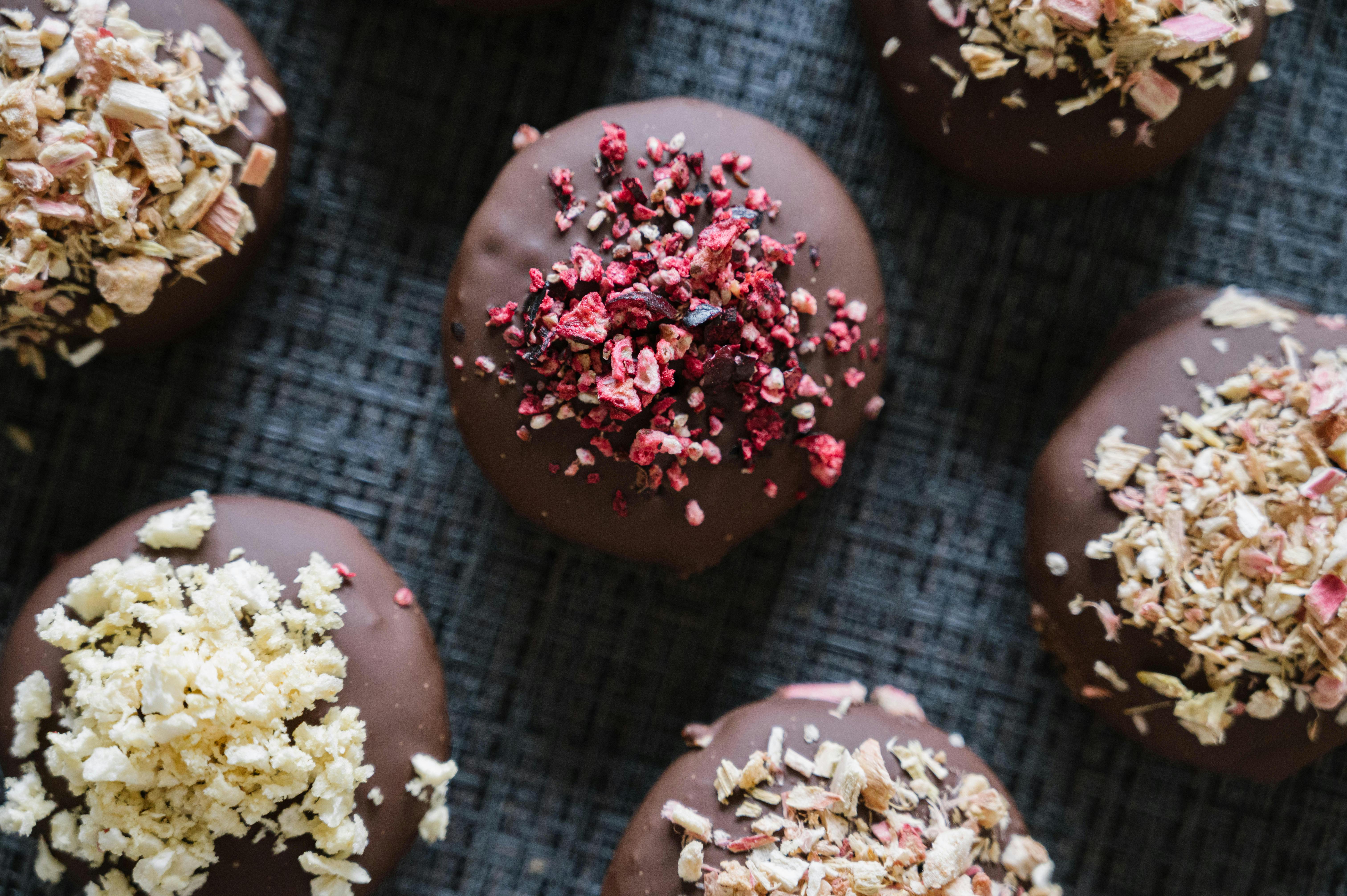
Dried fruits are often considered a healthy snack due to their nutrient density and convenience. However, the drying process concentrates the natural sugars, making them a potent source of quick-releasing carbohydrates. Some dried fruits are also coated with additional sugars or preservatives, further exacerbating their impact on blood sugar. Consuming dried fruits in moderation and pairing them with nuts or seeds can help slow down the sugar absorption. Alternatively, opting for fresh fruits provides the same nutritional benefits with a lower glycemic impact, thanks to their higher water content and natural fiber.
7. Rice Cakes: The Low-Calorie Culprit
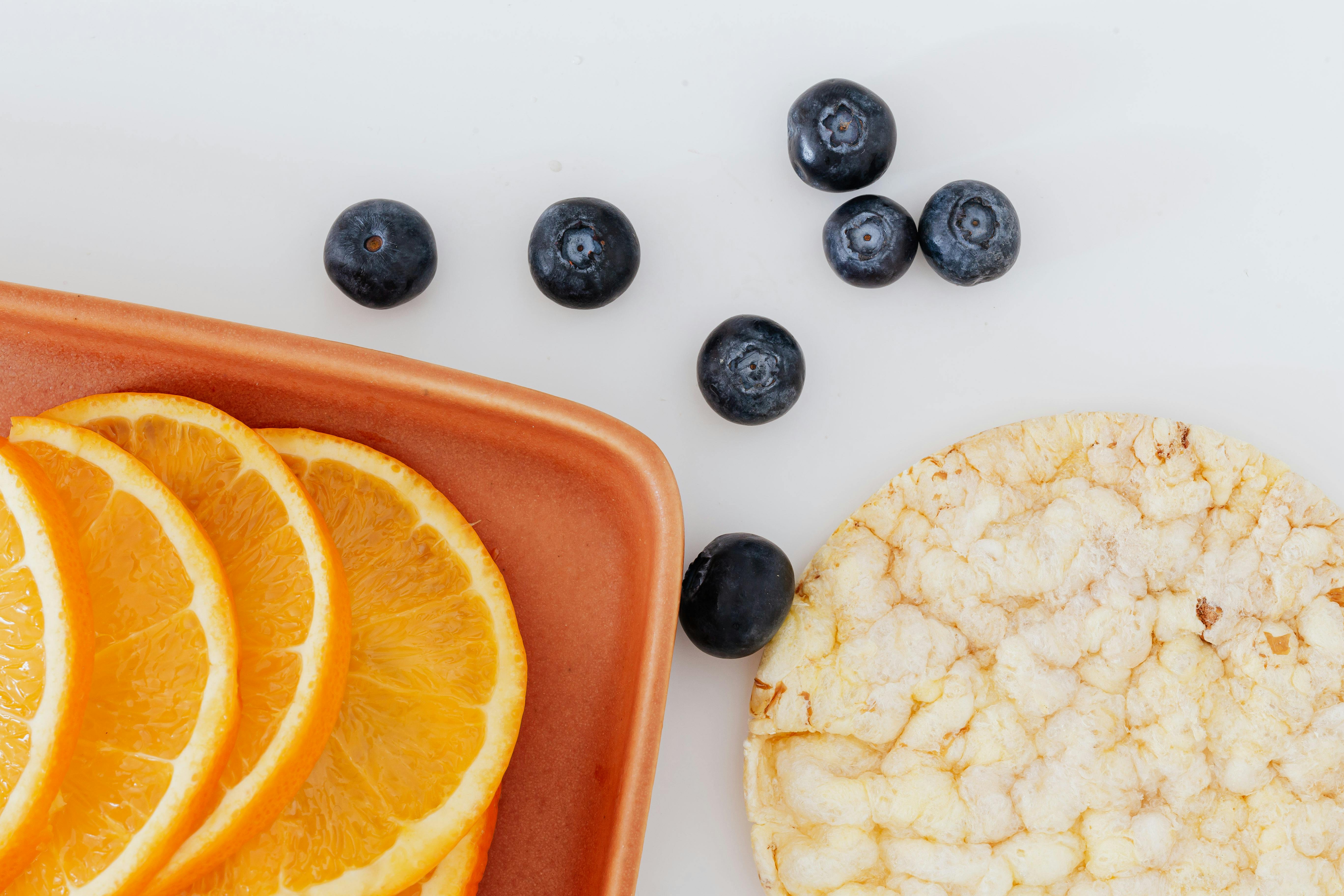
Rice cakes are often chosen as a low-calorie snack option, but they can be deceptive in their impact on blood sugar. Made primarily from puffed rice, they have a high glycemic index, meaning they can cause a rapid spike in blood glucose levels. This is particularly true for flavored varieties, which may contain added sugars or sweeteners. While they may be low in calories, rice cakes offer little nutritional value or satiety. Pairing them with protein-rich toppings, such as nut butter or hummus, can help moderate their glycemic effect and provide a more balanced snack option.
8. Instant Oatmeal: The Quick Fix with a Catch
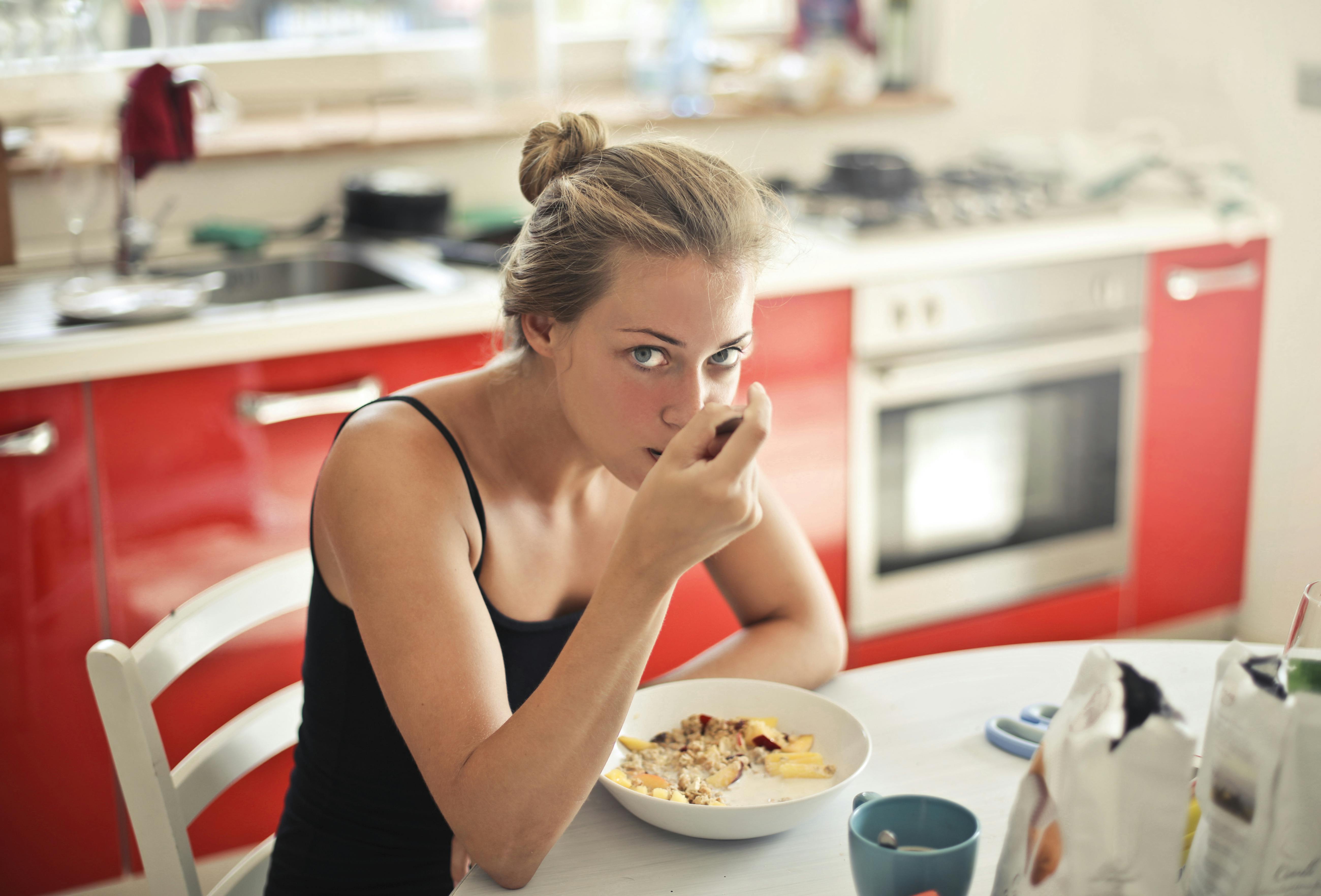
Instant oatmeal is a popular breakfast choice for its convenience and heart-healthy reputation. However, many instant oatmeal packets contain added sugars and flavorings that can lead to a quick rise in blood sugar. The processing of instant oats also reduces their fiber content, diminishing their ability to slow down sugar absorption. Choosing plain, unflavored instant oats and adding your own toppings, such as fresh fruit or nuts, can help maintain the health benefits of oatmeal without the added sugars. Alternatively, opting for steel-cut or rolled oats provides a more gradual release of energy and a lower glycemic impact.
9. Salad Dressings: The Hidden Sweeteners
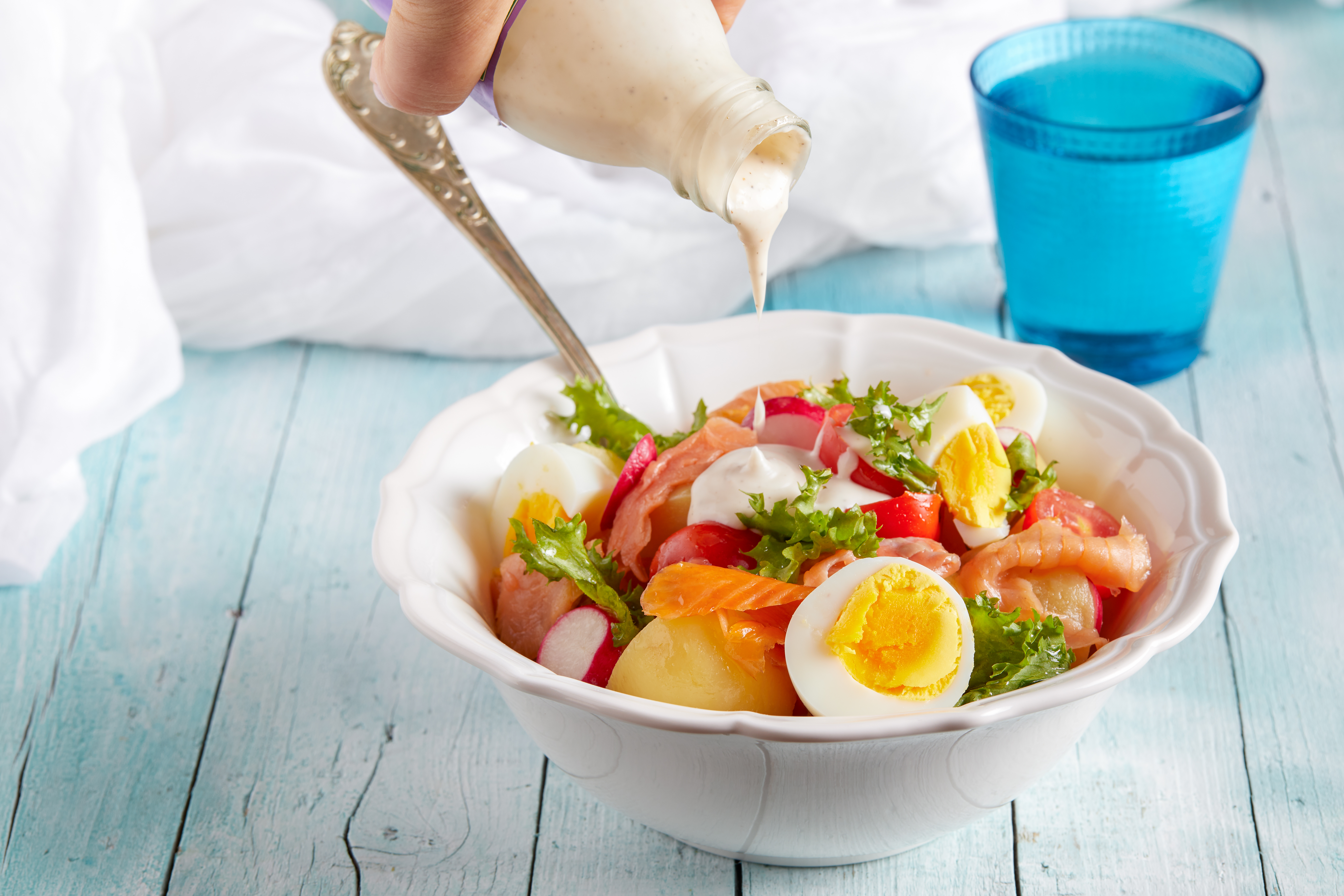
Salads are often seen as a healthy meal choice, but the dressing can make or break their nutritional value. Many commercial salad dressings, particularly those labeled as "low-fat," contain added sugars to enhance flavor. These sugars can quickly elevate blood glucose levels, counteracting the health benefits of the salad ingredients. Making your own dressing at home with vinegar, olive oil, and herbs is a simple way to control sugar content. If purchasing pre-made dressings, look for options with minimal ingredients and no added sugars to ensure your salad remains a nutritious choice.
10. Canned Soups: The Savory Saboteur
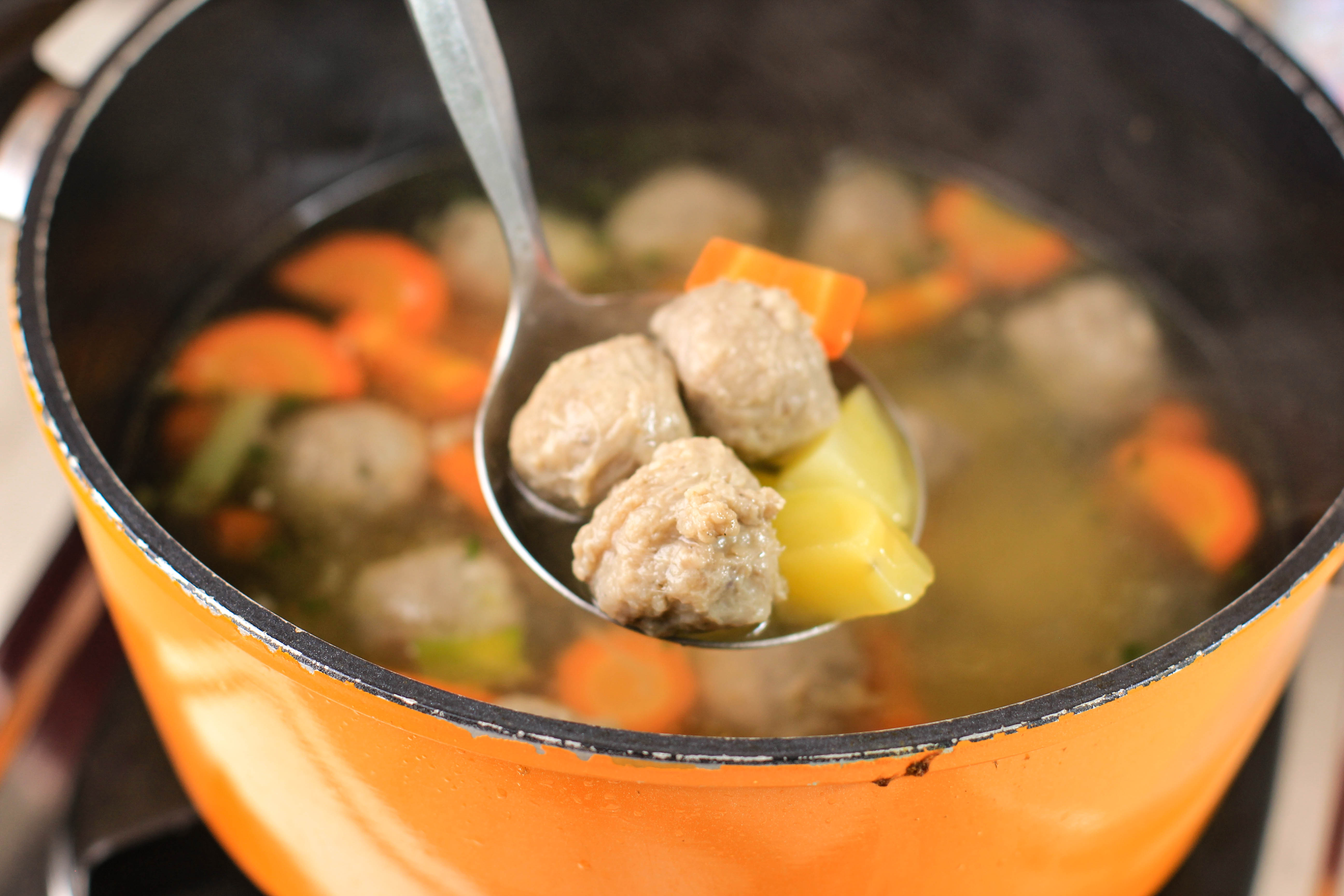
Canned soups are a convenient meal option, especially during colder months. However, many varieties contain hidden sugars and refined starches, which can contribute to blood sugar spikes. These additives are often used to enhance flavor and texture, particularly in "light" or "reduced-fat" options. Reading labels carefully and choosing soups with whole ingredients and no added sugars can help mitigate their impact on blood glucose. Alternatively, preparing homemade soups allows for complete control over the ingredients, ensuring a nutritious meal that supports stable blood sugar levels.
11. Sports Drinks: The Hydration Hindrance
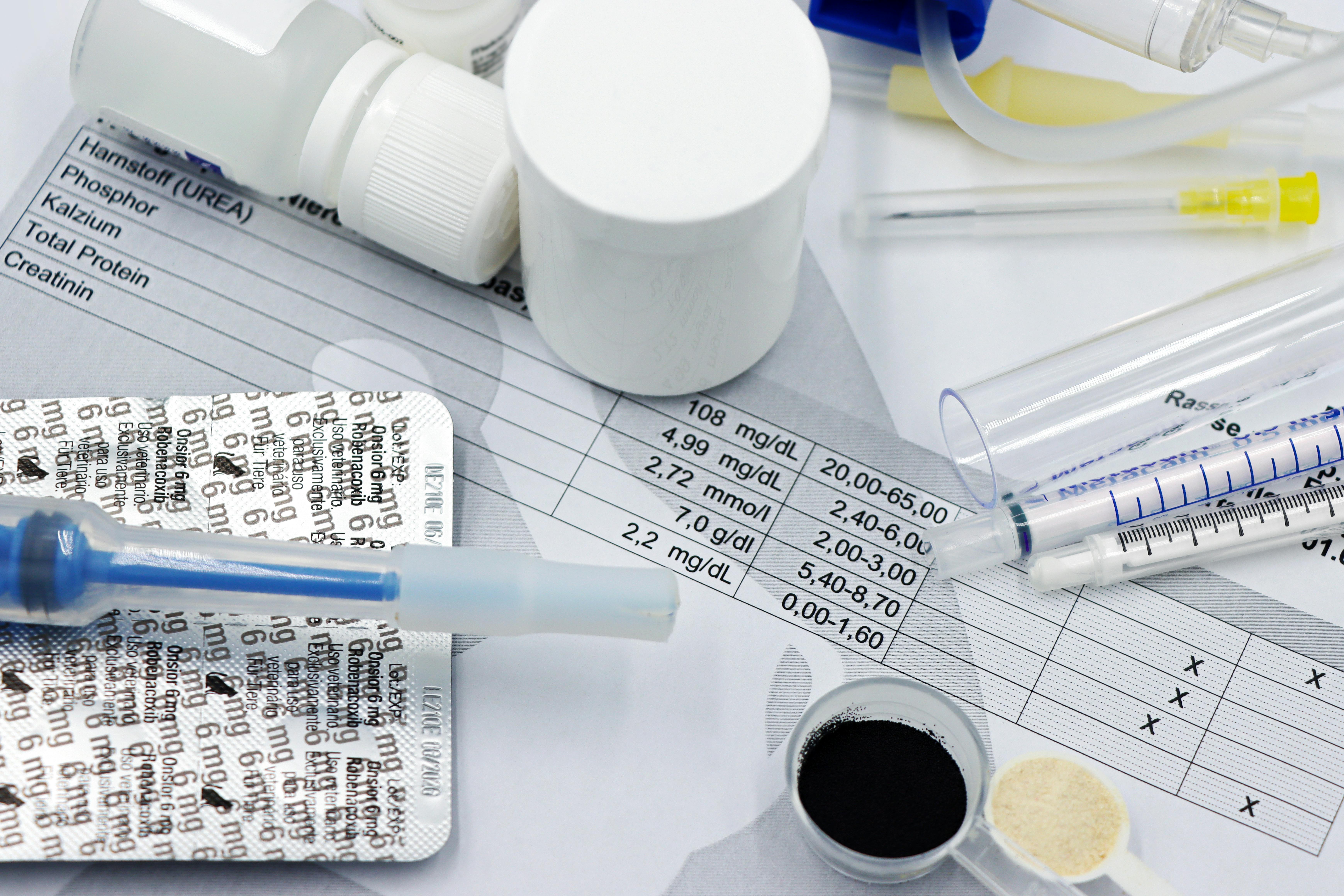
Sports drinks are designed to replenish electrolytes and provide energy during intense physical activity. However, they are often high in sugars, making them unnecessary for most casual exercisers. The sugar content can lead to a quick rise in blood glucose, which may not be beneficial unless you're engaging in prolonged, high-intensity exercise. For most people, water is sufficient for hydration, and consuming whole foods post-exercise can provide the necessary nutrients without the added sugars. If an electrolyte boost is needed, consider low-sugar options or natural sources like coconut water.
12. Gluten-Free Products: The Misleading Label
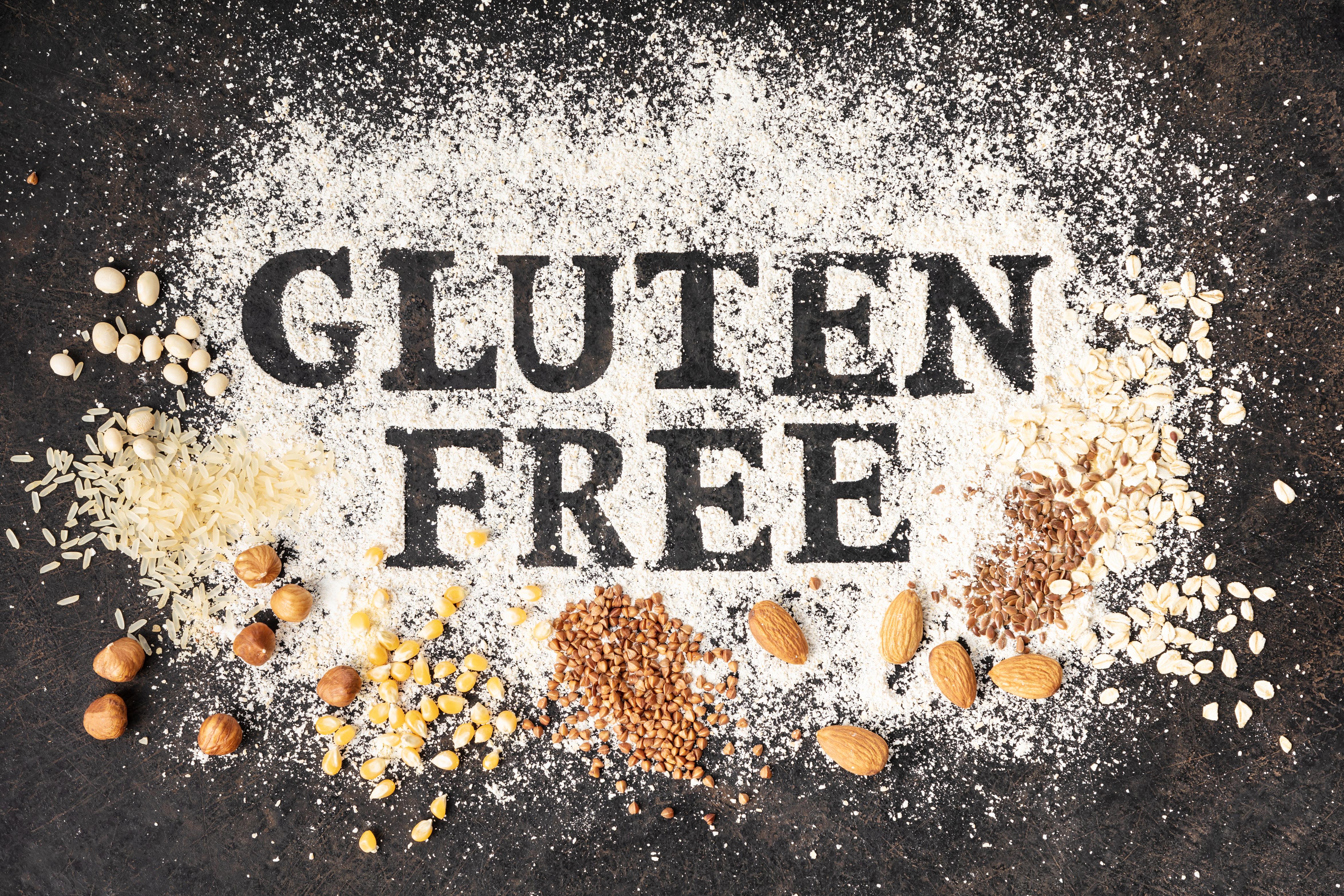
With the rise in gluten-free diets, many assume that gluten-free products are inherently healthier. However, these products can often contain high levels of sugar and refined starches to compensate for the absence of gluten. These ingredients can lead to rapid blood sugar spikes, similar to their gluten-containing counterparts. When choosing gluten-free foods, it's important to focus on whole, unprocessed options and read labels carefully to avoid unnecessary sugars. Incorporating naturally gluten-free foods, such as quinoa, brown rice, and legumes, can provide a more balanced nutritional profile and help maintain stable blood sugar levels.
13. Non-Dairy Creamers (Especially Flavored Powders)
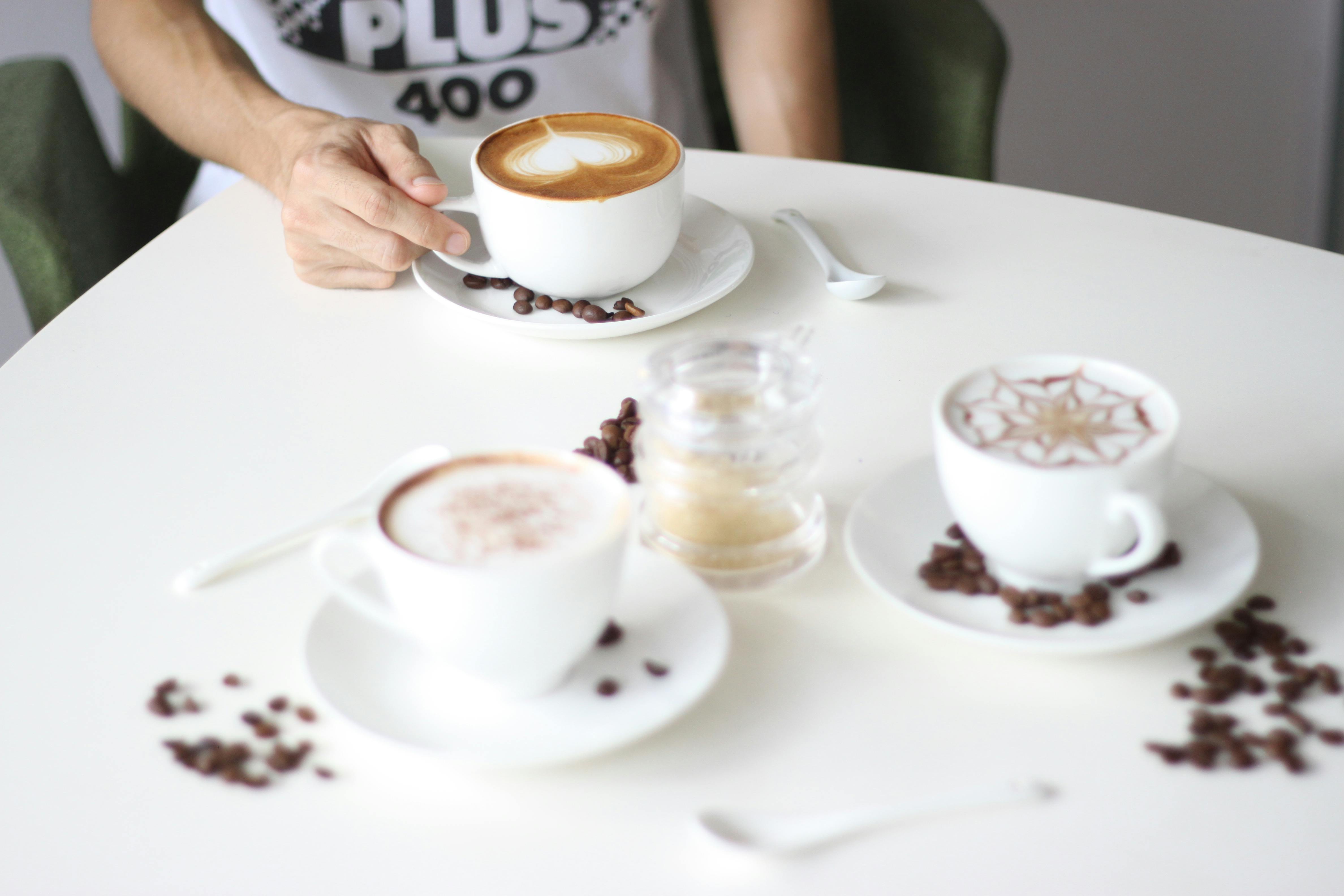
The liquid and powdered coffee creamers that promise flavor and zero dairy are often glucose landmines. They replace cream with cheap fillers like corn syrup solids or maltodextrin, which are starches that digest faster than table sugar, causing a sharp glucose spike before your day even begins. Even "sugar-free" versions rely on these same starchy thickeners to achieve creaminess. Because these are consumed in a hot liquid, the sugars are absorbed immediately into the bloodstream. Stick to real, unsweetened cream, half-and-half, or plain unsweetened nut milk to add richness without the stealth carbohydrate hit.
14. Bottled Pre-Made Smoothies (Even Green Ones)
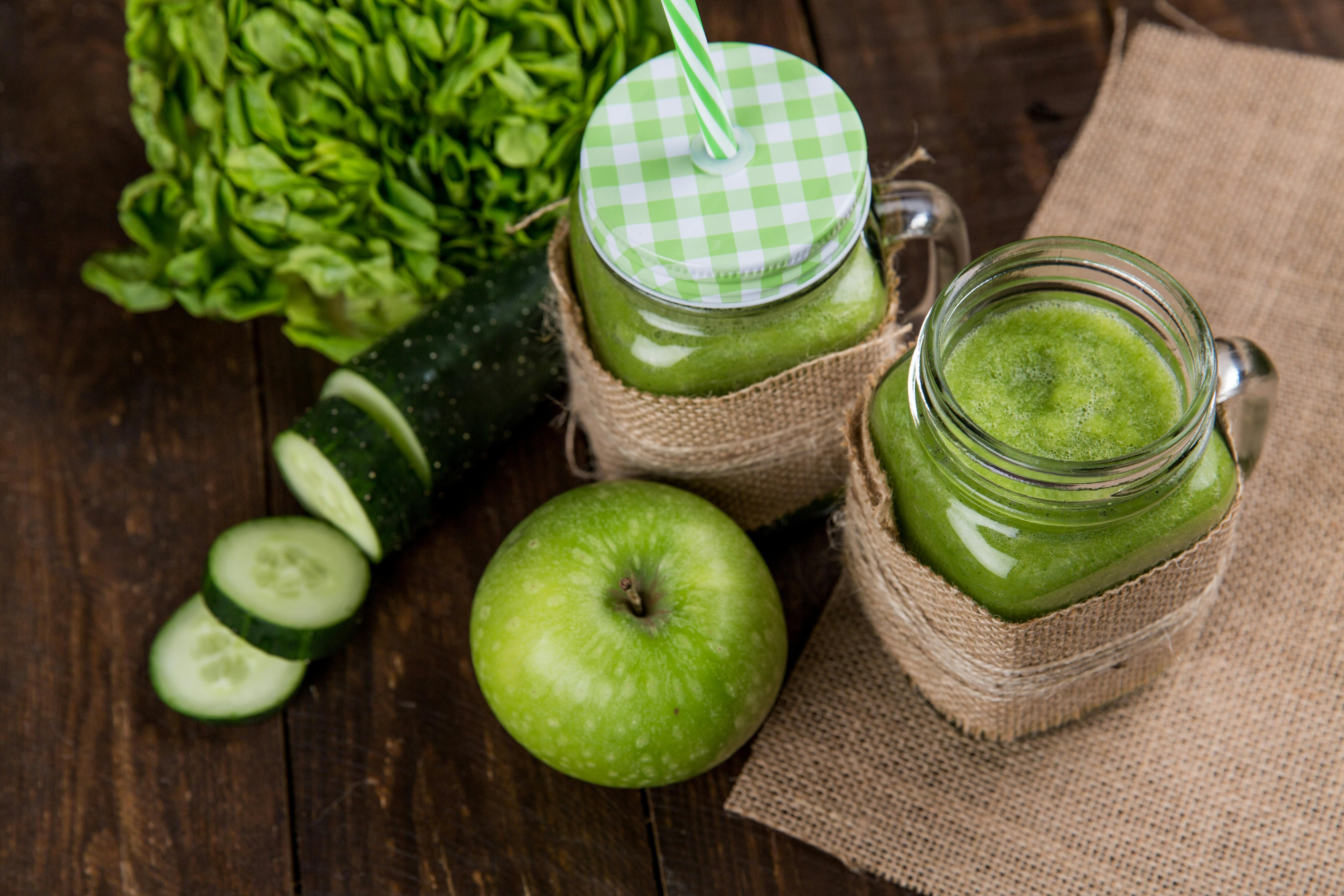
While your homemade blend might be healthy, most bottled, grab-and-go smoothies are concentrated fruit juice in disguise. They rely on high amounts of banana puree, mango, and concentrated fruit juice for flavor and bulk. The blending process breaks down all the beneficial fiber, turning the natural fruit sugar into a liquid that absorbs as fast as soda. Even when labeled "green," the small amount of kale is often overwhelmed by the sheer volume of high-glycemic fruit. This rapid, liquid delivery system ensures a severe blood sugar spike followed by a crash that negates any perceived nutritional value.
15. Baked Chips and Extruded Snack Puffs
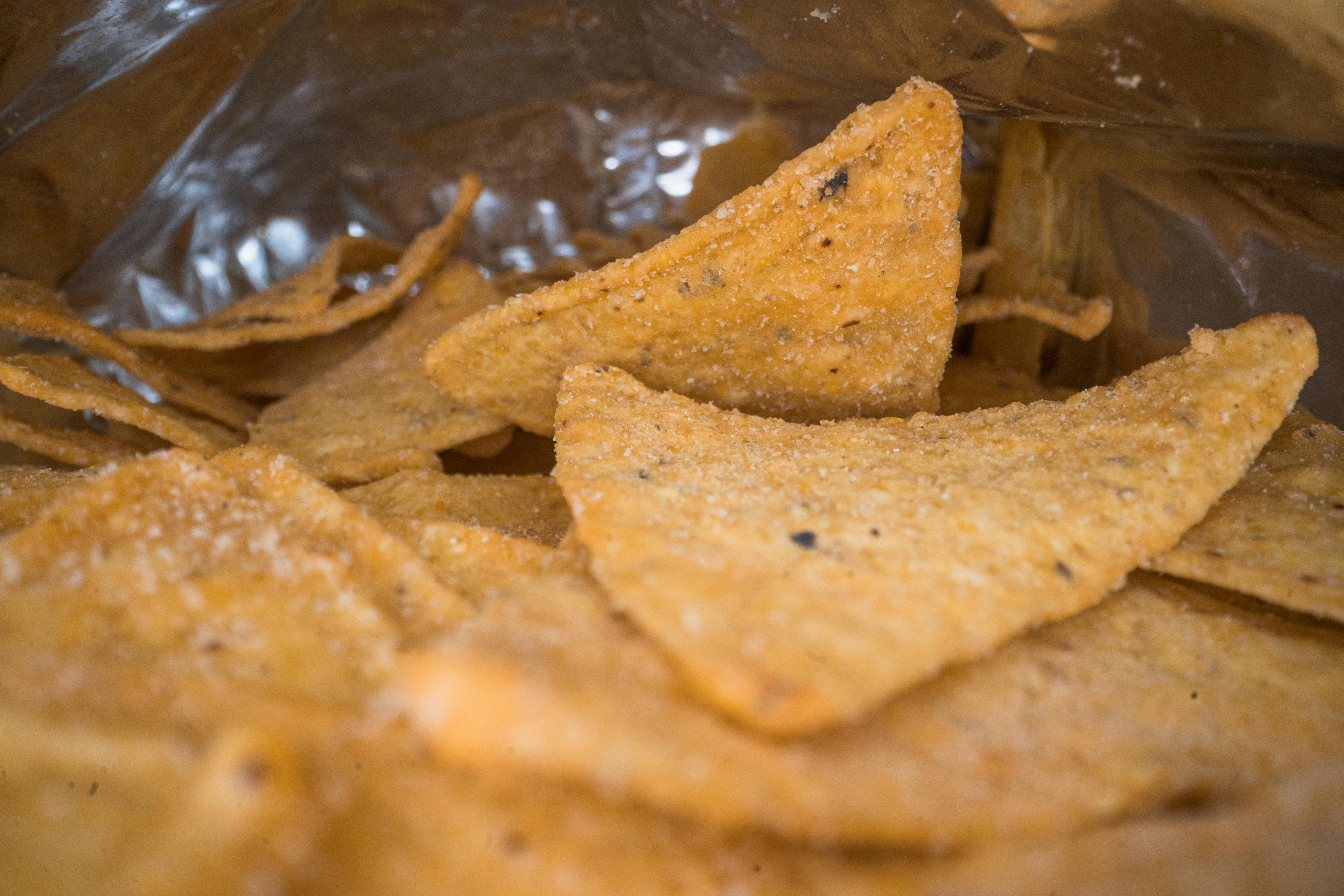
Many people swap fried chips for "baked" chips or crunchy, extruded cheese puffs, thinking they are choosing the healthier, lower-fat option. However, these snacks are primarily made from highly refined potato, corn, or rice flour. The extrusion and baking processes gelatinize the starch, making it incredibly easy for your body to convert into glucose immediately upon consumption. These snacks have a very high glycemic index (often higher than sugar) and contain almost no protein or fat to slow absorption. The result is a quick, hard blood sugar spike followed by a rapid drop.
16. Balsamic Glazes and Reductions
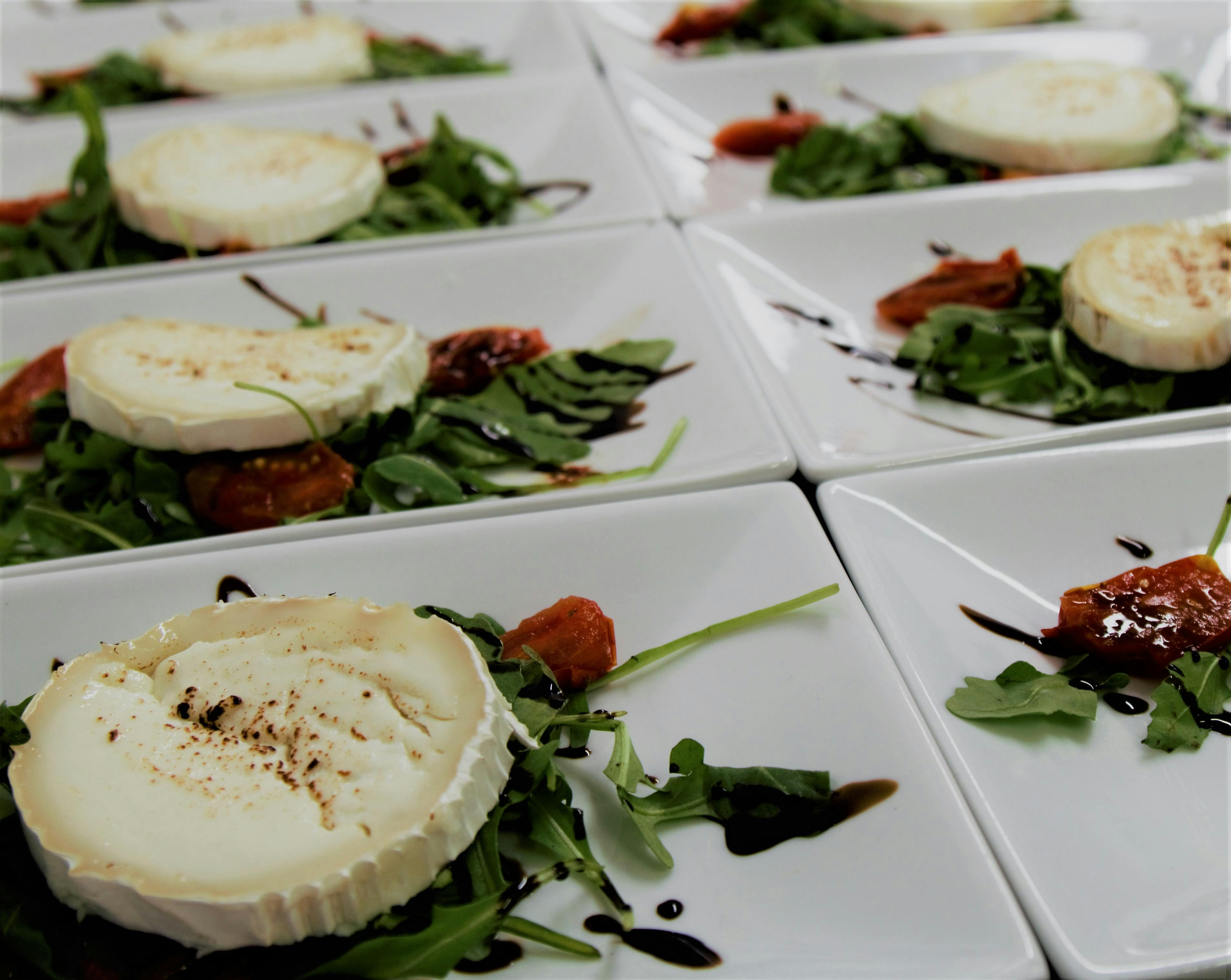
Balsamic vinegar is a beneficial ingredient, but the thick, syrupy glazes and reductions often used in cooking and as salad drizzles are pure, concentrated sugar. The reduction process, whether done commercially or at home, turns the natural sugars in the grape must into a thick, intensely sweet syrup. A small drizzle on meat, pizza, or caprese salad can easily add 5 to 10 grams of fast-acting sugar per tablespoon, which is enough to significantly disrupt blood glucose stability. For a safer flavor boost, use unreduced balsamic vinegar or a squeeze of fresh lemon juice instead.
17. Rice Milk (The Highest-Glycemic Non-Dairy Option)
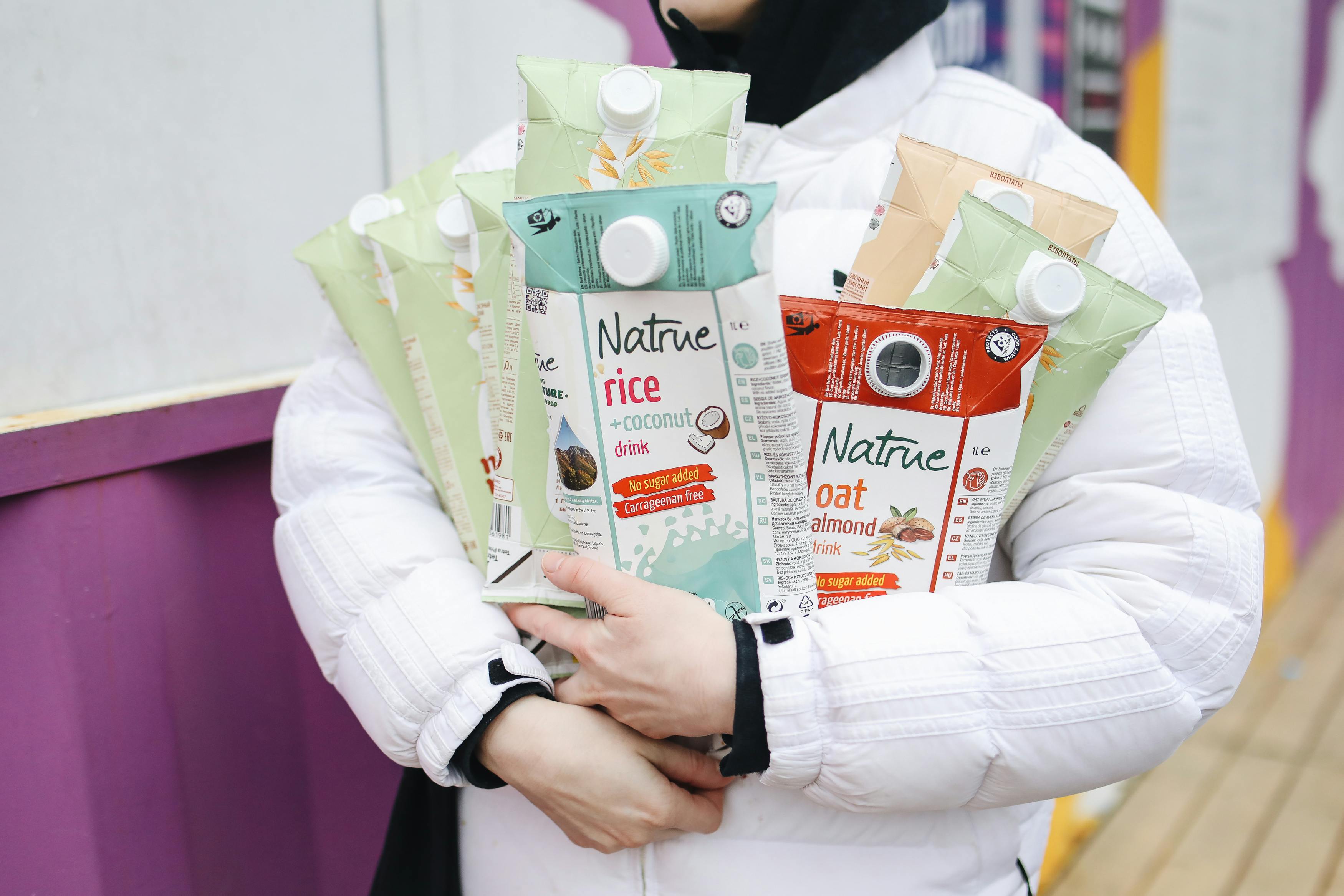
Among all the common non-dairy milk alternatives, rice milk is the single highest-glycemic offender, even when unsweetened. It is made by cooking rice and using enzymes to break down the starches into sugars (mostly maltose). This process makes the starches highly available and easy to digest, resulting in a rapid and substantial blood sugar spike. Unlike nut or soy milks, which contain more fat and protein to stabilize glucose, rice milk is mostly water and quickly available carbs. If you need a dairy alternative, always prioritize unsweetened almond, soy, or cashew milk for better metabolic control.
18. Flavored Nut and Seed Milks (Especially Low-Fat Versions)
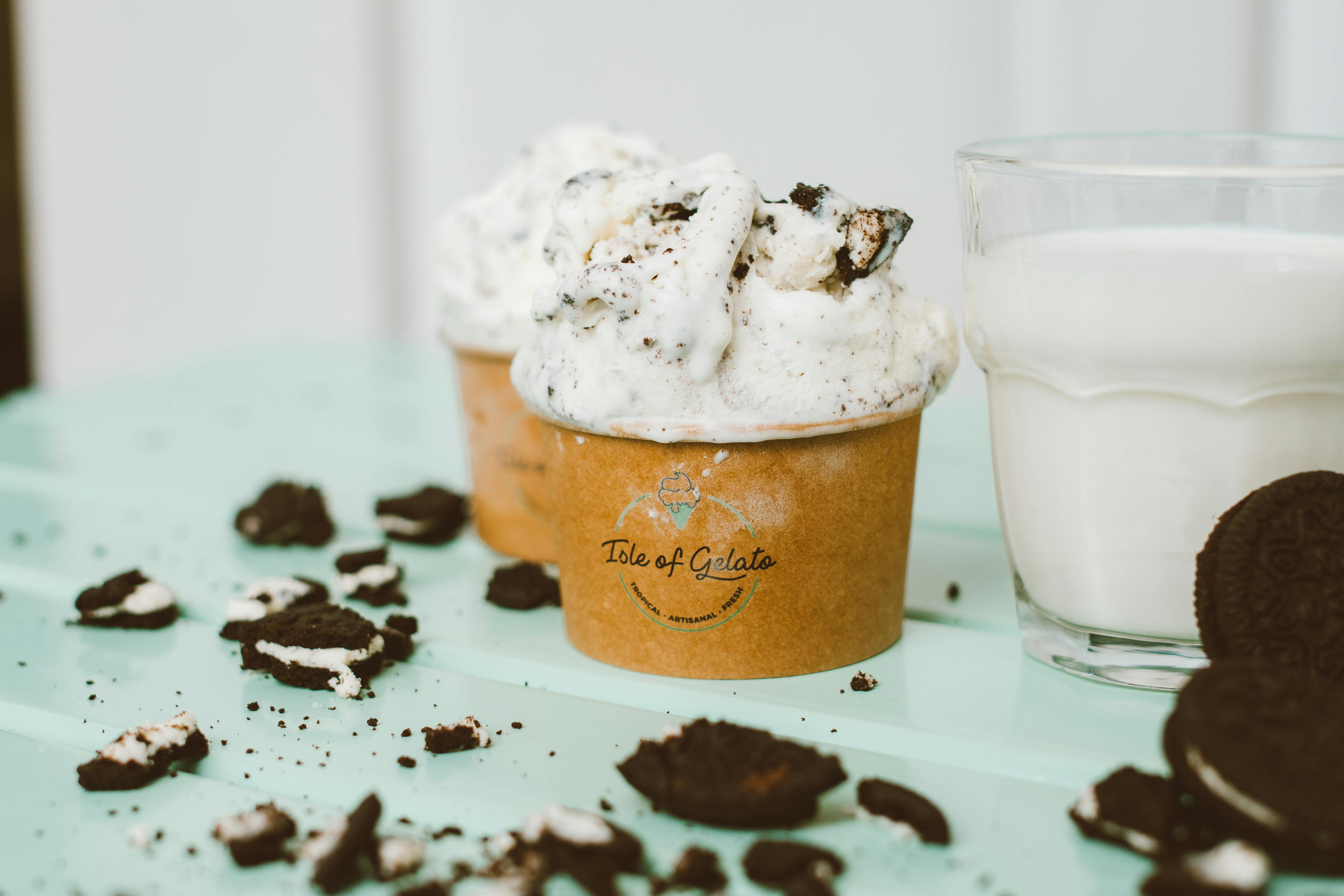
Beyond rice milk, many commercially flavored nut and seed milks (like almond or cashew) are metabolic traps. Even those labeled "lightly sweetened" or "original" often contain cane sugar, brown rice syrup, or high-glycemic starches (like carrageenan) for thickening. The problem is amplified if the product is low-fat, as the lack of healthy fat means the added sugars and starches hit the bloodstream faster. Always choose the unsweetened versions and add a small amount of healthy fat (like a nut butter swirl) yourself to control the sugar load and slow down absorption.
19. Packaged, Pre-Cut Fruit (Increased Glycemic Response)
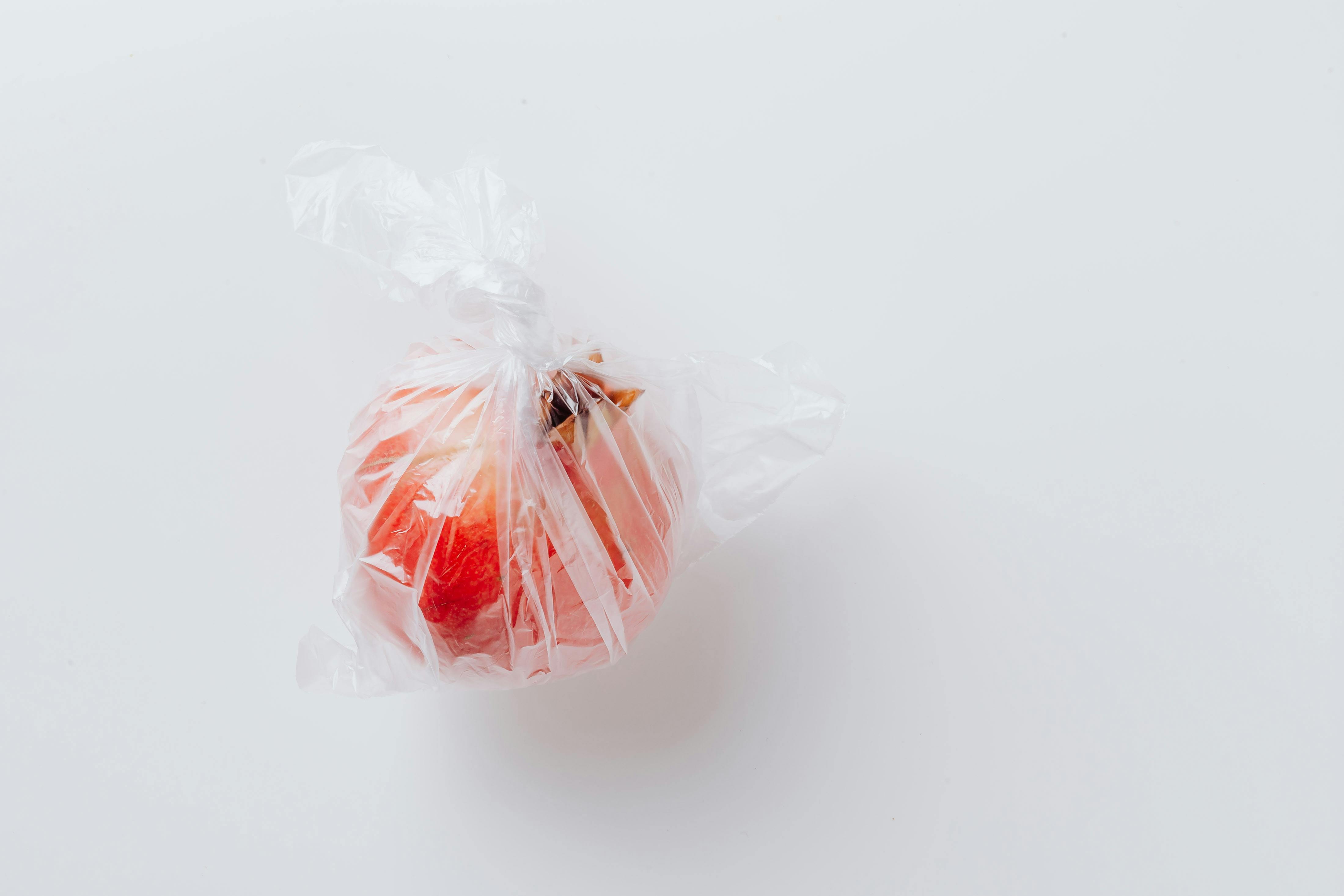
While whole, fresh fruit is always recommended, pre-cut fruit sold in containers can cause a faster blood sugar spike than the whole fruit itself. The process of cutting and exposing the fruit to air (even if refrigerated) begins to break down the cellular structure and some of the fiber, making the sugars more readily available for digestion. Furthermore, the convenience often encourages consuming a larger, denser portion quickly. Choose whole, uncut fruit whenever possible, or if buying pre-cut, eat it immediately alongside a protein source like cheese or nuts.
20. Most Store-Bought Marinades and Glazes (The Hidden Syrup)
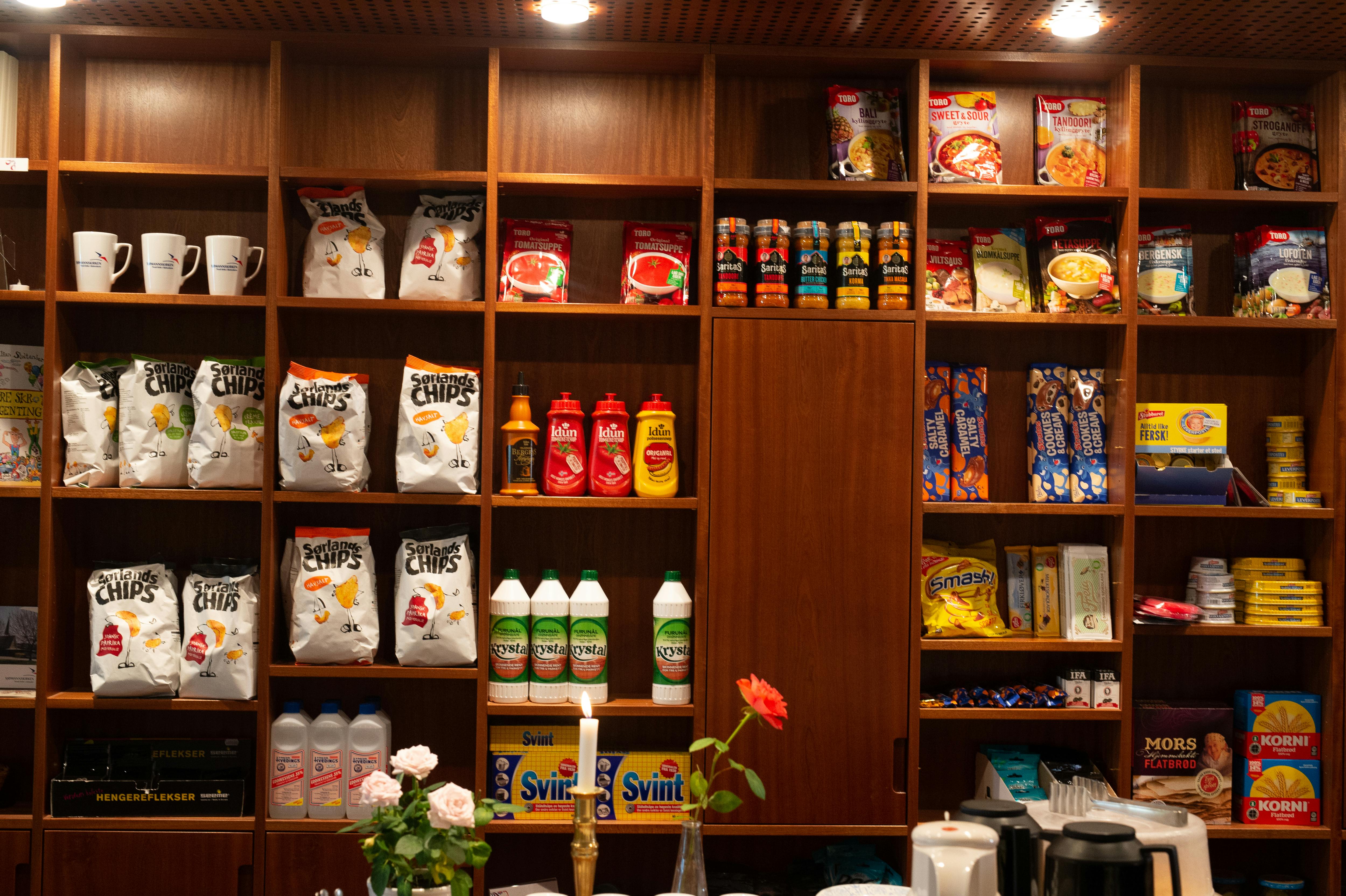
Marinades are often overlooked as a blood sugar culprit, yet most bottled varieties (especially teriyaki, honey mustard, or Asian-inspired sauces) rely heavily on syrups, fruit concentrates, or molasses for flavor and texture. Even savory marinades use sugar to balance acidity and tenderize meat. A few tablespoons can add substantial, fast-acting carbs to an otherwise balanced meal. Check labels for high-fructose corn syrup, pineapple juice concentrate, or brown sugar. Instead, use vinegar, herbs, spices, garlic, and olive oil for a delicious, low-glycemic flavor boost.
21. Unsweetened Applesauce and Fruit Purees
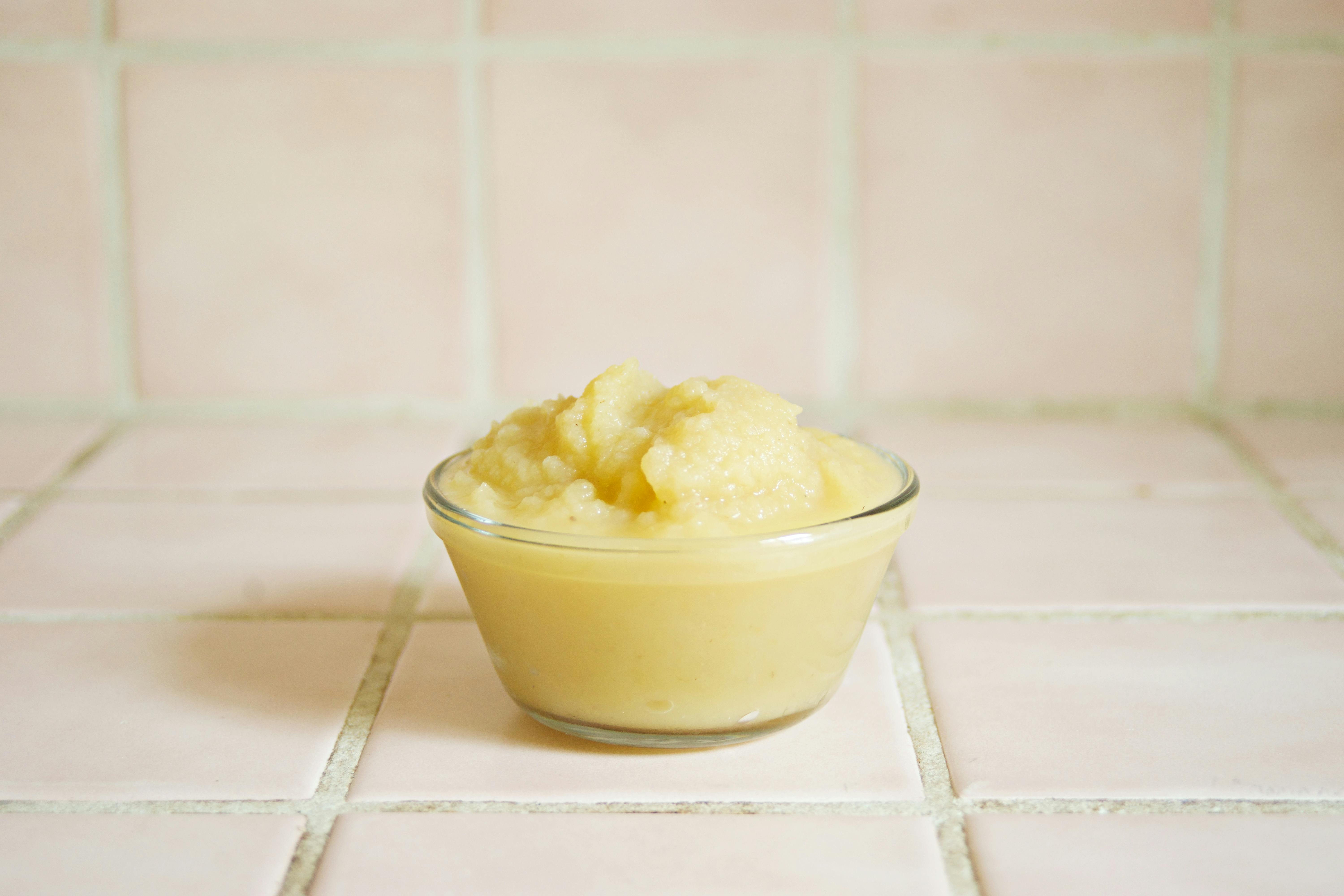
Applesauce, even the unsweetened kind, behaves like a concentrated sugar source without its protective fiber. The cooking and pureeing process mechanically destroys the cellular walls of the apple, removing the natural barrier that slows sugar absorption. As a result, the natural fructose and glucose are rapidly released into the bloodstream, spiking glucose quickly. While great for easy digestion, this rapid delivery system is problematic for blood sugar control. When choosing apple snacks, opt for the whole, raw fruit for the maximum buffering effect of intact fiber.
22. Packaged Pre-Cooked Quinoa and Grains
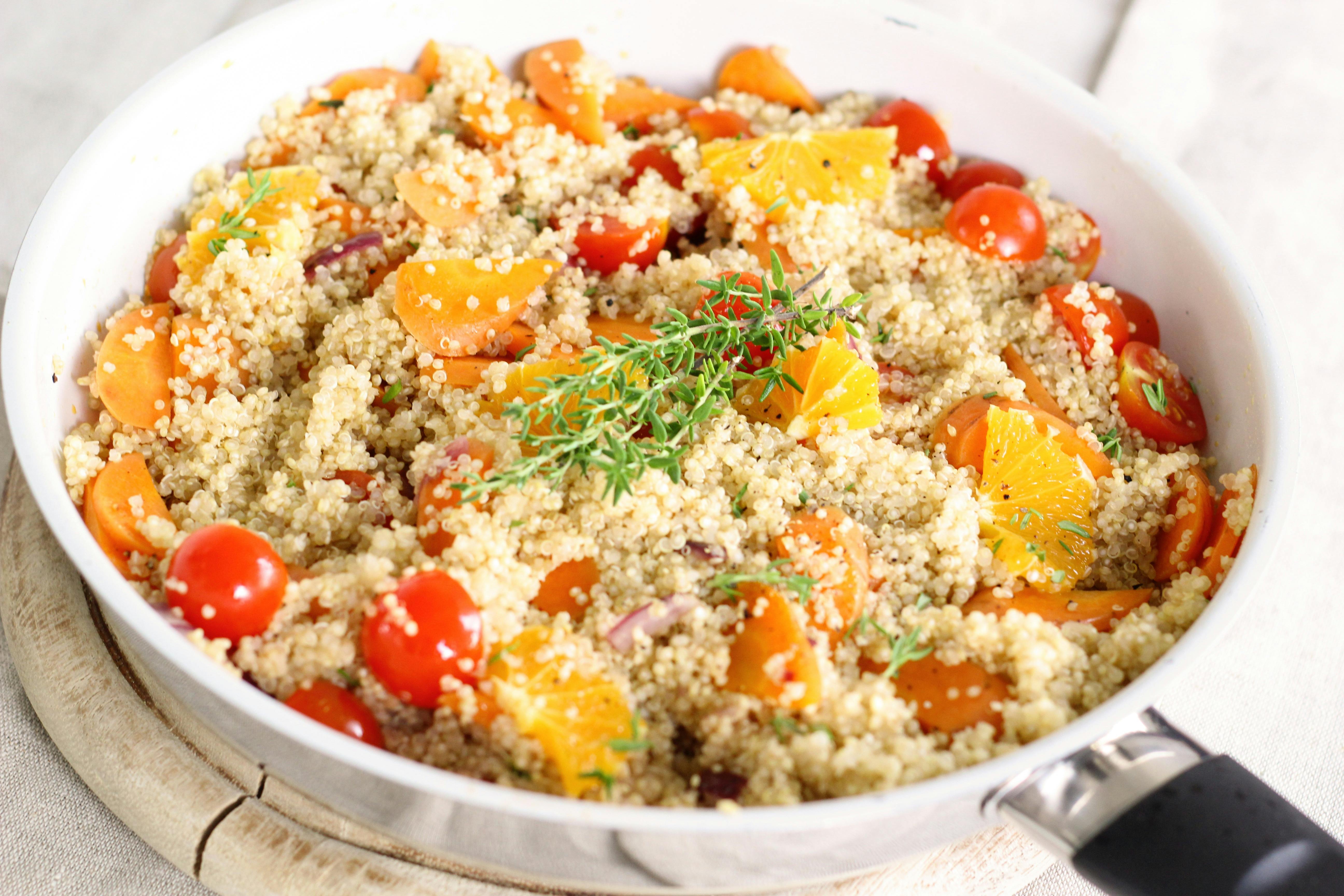
Quinoa and other whole grains (like brown rice) are usually blood sugar-friendly when cooked properly, but many pre-cooked, packaged versions (found in pouches or containers) are high-glycemic traps. To ensure quick heating and shelf stability, these grains are often over-processed or cooked to a soft consistency that breaks down the structural starch, making it easier and faster for your body to convert to glucose. For stable blood sugar, cook your whole grains al dente from scratch, or look for refrigerated (not shelf-stable) versions with minimal additives.
23. Canned or Packaged Fruit Cocktails (Heavy Syrup Surprise)
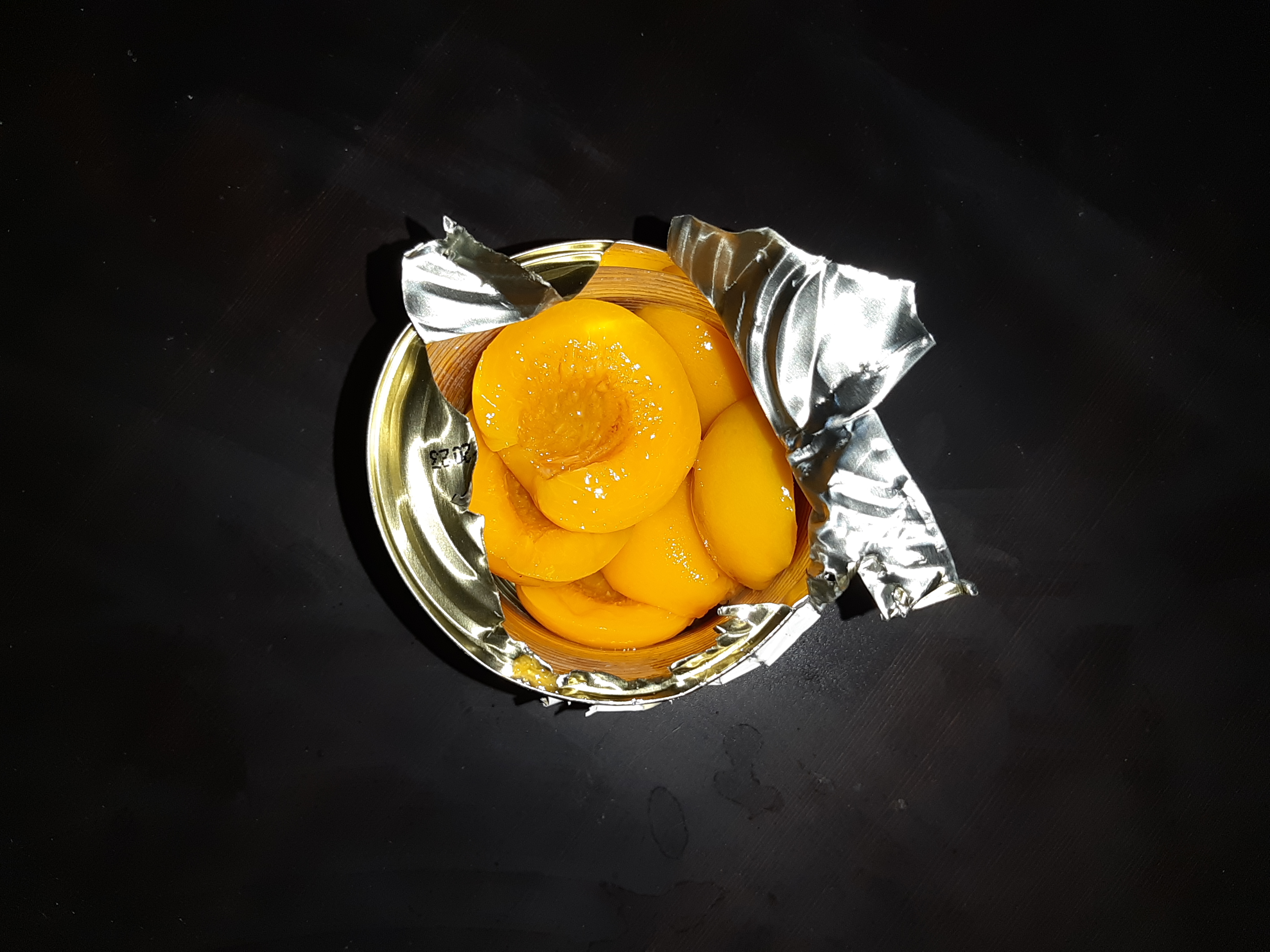
While canned vegetables are often fine, canned fruits—especially those labeled as "cocktail" or packed in "light syrup"—are a stealthy glucose spike waiting to happen. The fruit is already swimming in a mixture of juice concentrate and added sugar, but the cooking and processing breaks down all the fruit's cellular fiber. This dual action—adding sugar while destroying fiber—creates a liquid bomb of quickly absorbed glucose. The result is a much faster and higher blood sugar spike than eating fresh fruit. Always choose fruit packed in its own juice, drain it thoroughly, or better yet, opt for frozen or fresh alternatives.
24. Mashed Potatoes (The Instant Starch Hit)
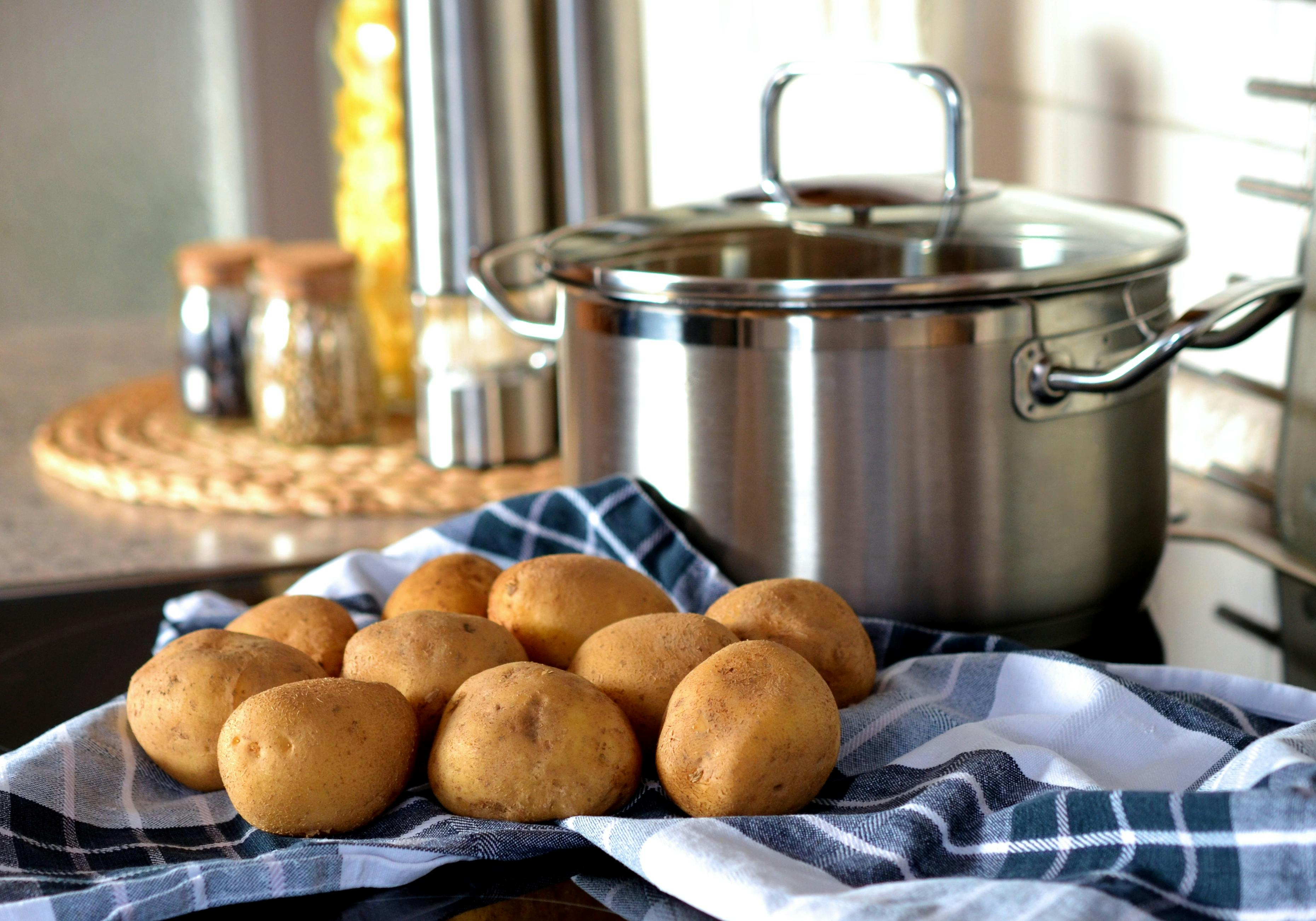
Potatoes themselves are high in carbohydrates, but the process of mashing them exponentially increases their impact on blood sugar. Mashing mechanically breaks down the potato's starch structure into fine particles, making it incredibly easy for digestive enzymes to convert them into glucose almost instantly. Because mashed potatoes offer almost no resistance, their glycemic index (GI) can be higher than pure table sugar. For a more stable glucose response, eat potatoes in their whole form (like roasted or baked with the skin on) and always pair them with a significant source of protein and healthy fat.
25. Low-Fat or Fat-Free Cottage Cheese and Ricotta
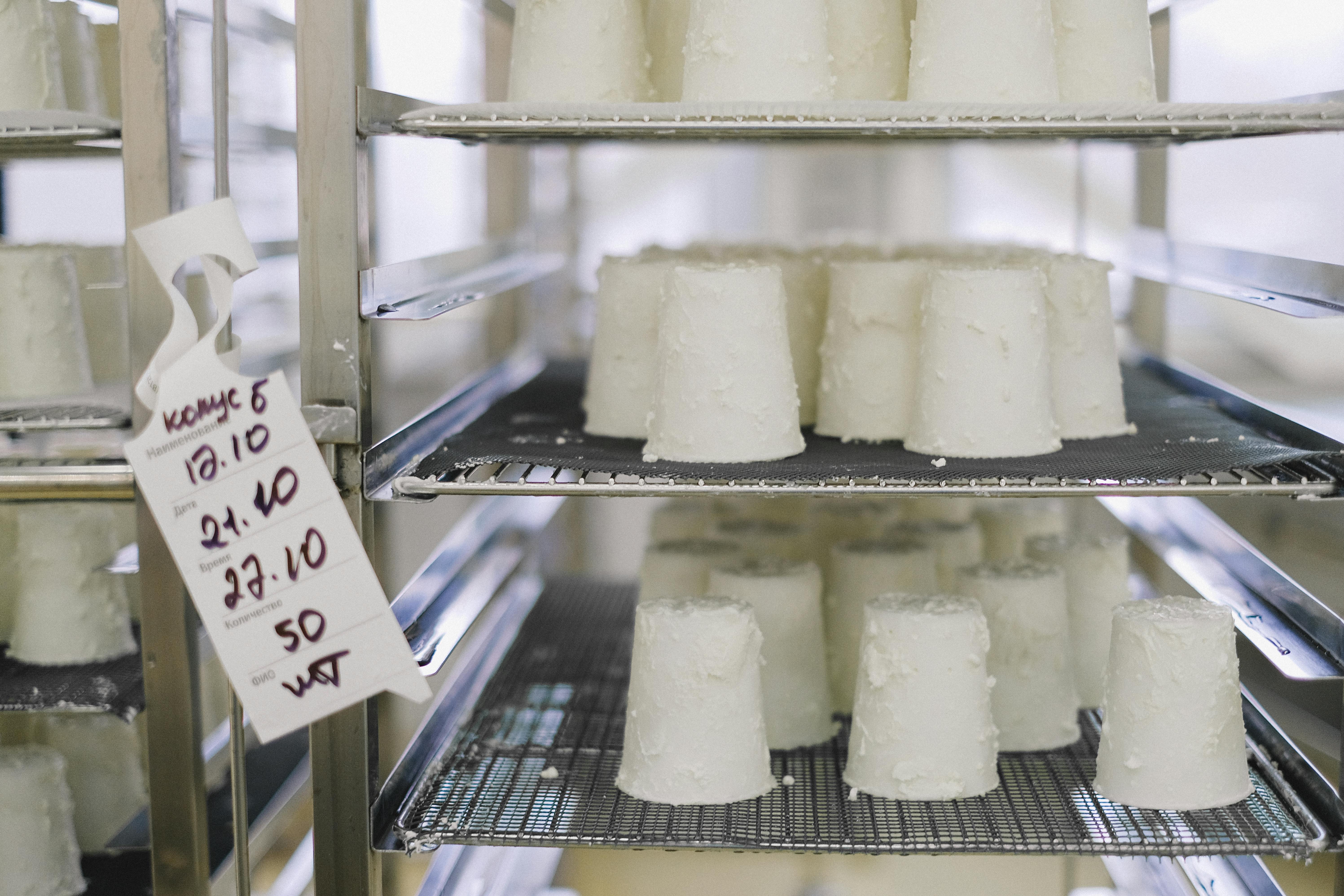
Dairy products are generally excellent for blood sugar due to their high protein content, but low-fat and fat-free versions of cottage cheese and ricotta are subtle metabolic traps. When fat is removed to lower calories, food manufacturers often compensate by adding thickeners and refined starches to maintain the creamy texture and palatability. These added starches and gums (like modified food starch or cornstarch) are fast-digesting carbohydrates that can elevate glucose levels and negate the stabilizing benefits of the dairy protein. Always choose the full-fat or 2% versions and check the label for added starches or sugars.
26. Packaged Energy Bites and Protein Balls
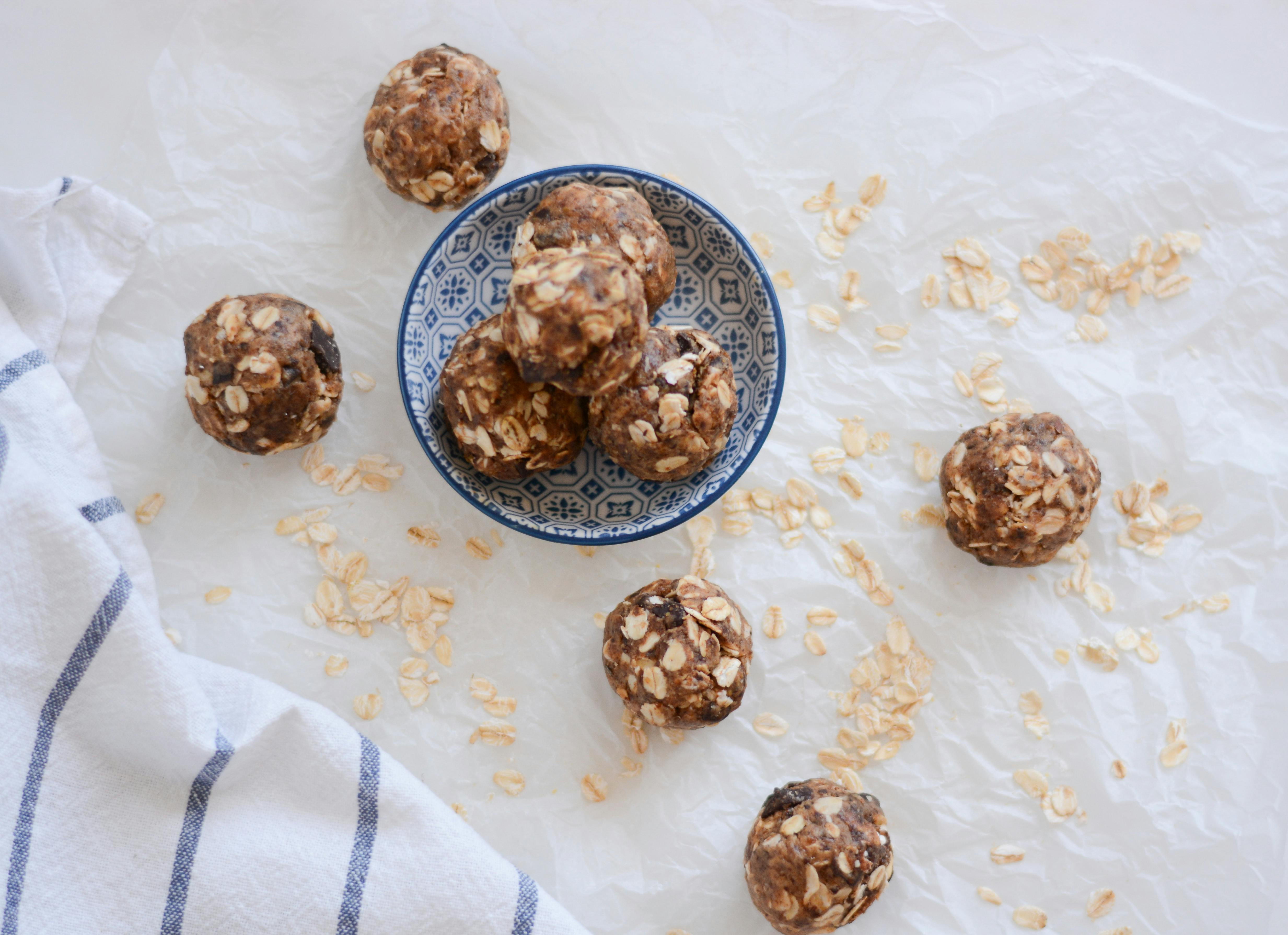
These convenient, no-bake snacks—often found in the refrigerated section and marketed for fitness or energy—can be deceptively high in fast-releasing carbohydrates. To bind them together, they rely heavily on dates, honey, maple syrup, or high volumes of oats and pureed dried fruit, creating a dense ball of concentrated sugars. Even though the ingredients are "natural," the sheer quantity and the fact they are consumed without resistance from chewing a full meal lead to a rapid glucose surge. Limit portion sizes strictly or choose balls bound primarily with nut butter and protein powder instead of dried fruit and syrups.
27. Flavored Tofu and Plant-Based Meat Substitutes
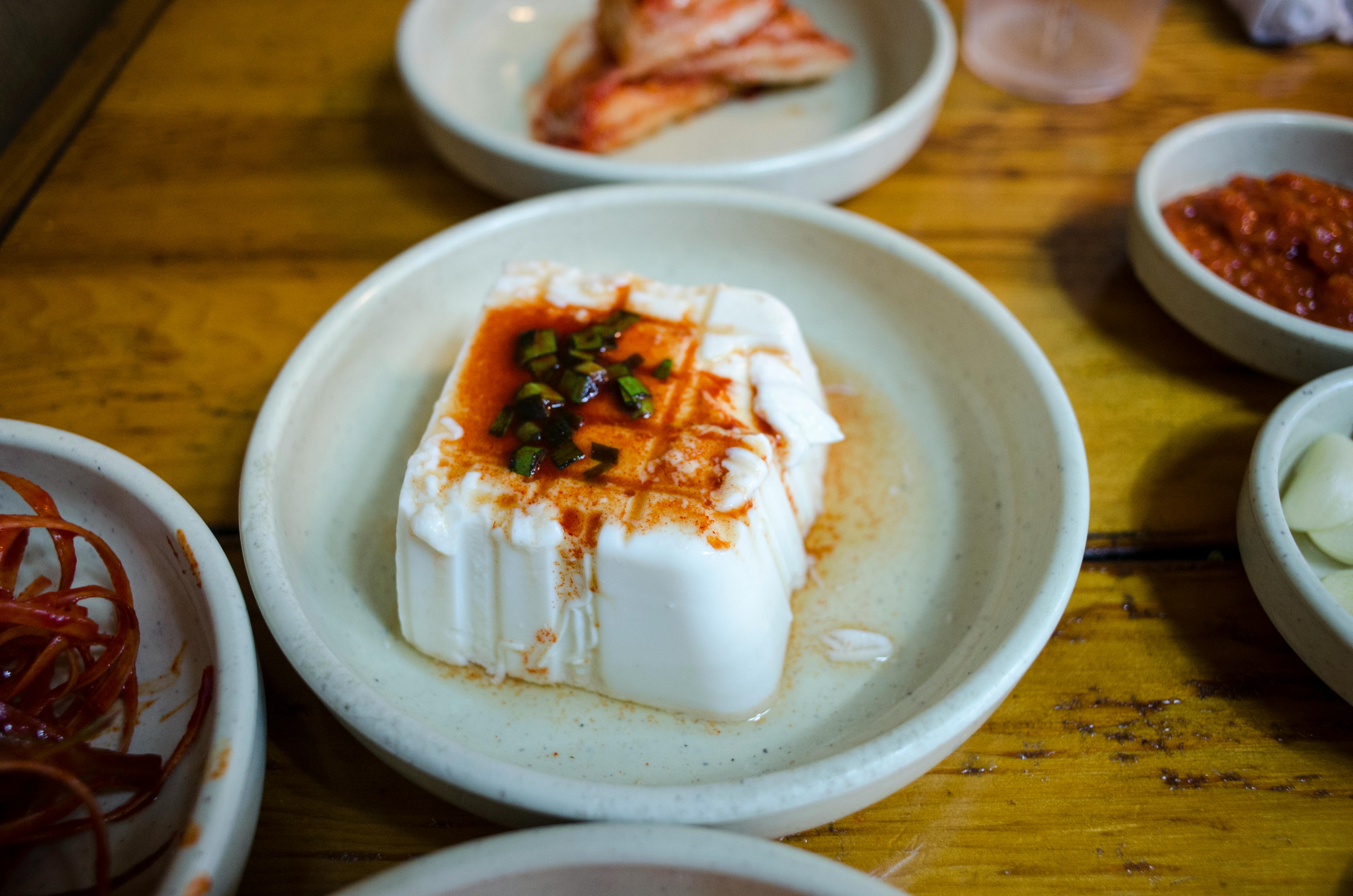
Don't assume a savory, protein-rich item is safe; many flavored tofu and plant-based meat substitutes (like meatless sausage or nuggets) use hidden sweeteners and refined starches to improve texture, taste, and browning. Teriyaki, BBQ, and "crispy" formulations are the biggest culprits, often containing brown sugar, corn syrup, or fruit concentrates. Furthermore, many processed plant proteins contain fillers like maltodextrin or refined flours to hold them together. Always check the carbohydrate count on these items. For the lowest glucose impact, stick to plain, firm tofu and season it yourself with unsweetened spices and herbs.
28. Commercially Puffed Cereals and Grains
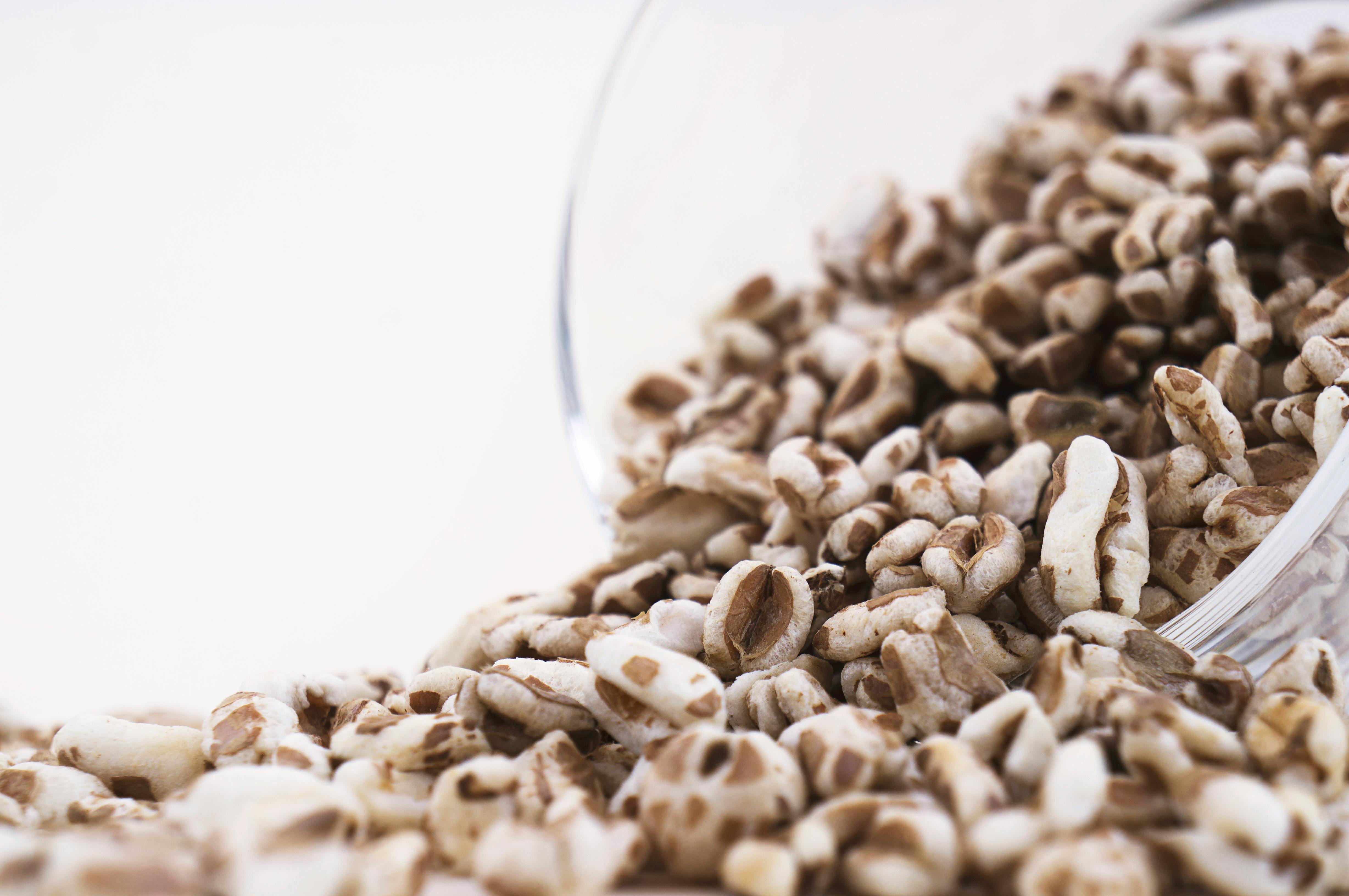
Any product that has been "puffed"—like puffed rice, puffed wheat, or extruded cereal pieces—represents a major pitfall. Puffing is a manufacturing process that uses heat and pressure to make grains light and airy, but this action shatters the starch structure and increases its surface area exponentially. This severe physical alteration makes the starch instantly available for conversion into glucose. Even if the ingredient is nominally a whole grain, the physical processing makes its glycemic impact behave worse than table sugar. The rule: if it floats in milk without getting soggy, its starch is fully exposed and ready to spike your glucose.
29. Maltodextrin (The Stealth Sweetener/Thickener)

Maltodextrin is a highly refined white powder derived from starch (corn, potato, or rice) and is used universally as a thickener, filler, and texture agent in everything from low-fat dairy to protein powders, "healthy" baking mixes, and supplement blends. While it’s technically not sugar, it has a Glycemic Index (GI) of 106 to 135, significantly higher than table sugar (GI 65). Because it's a short-chain starch, it absorbs almost instantly, leading to an explosive glucose spike. Always scan ingredient labels for this common, powerful glucose booster in products that aren't even advertised as sweet.
30. Glazed or Caramelized Vegetables
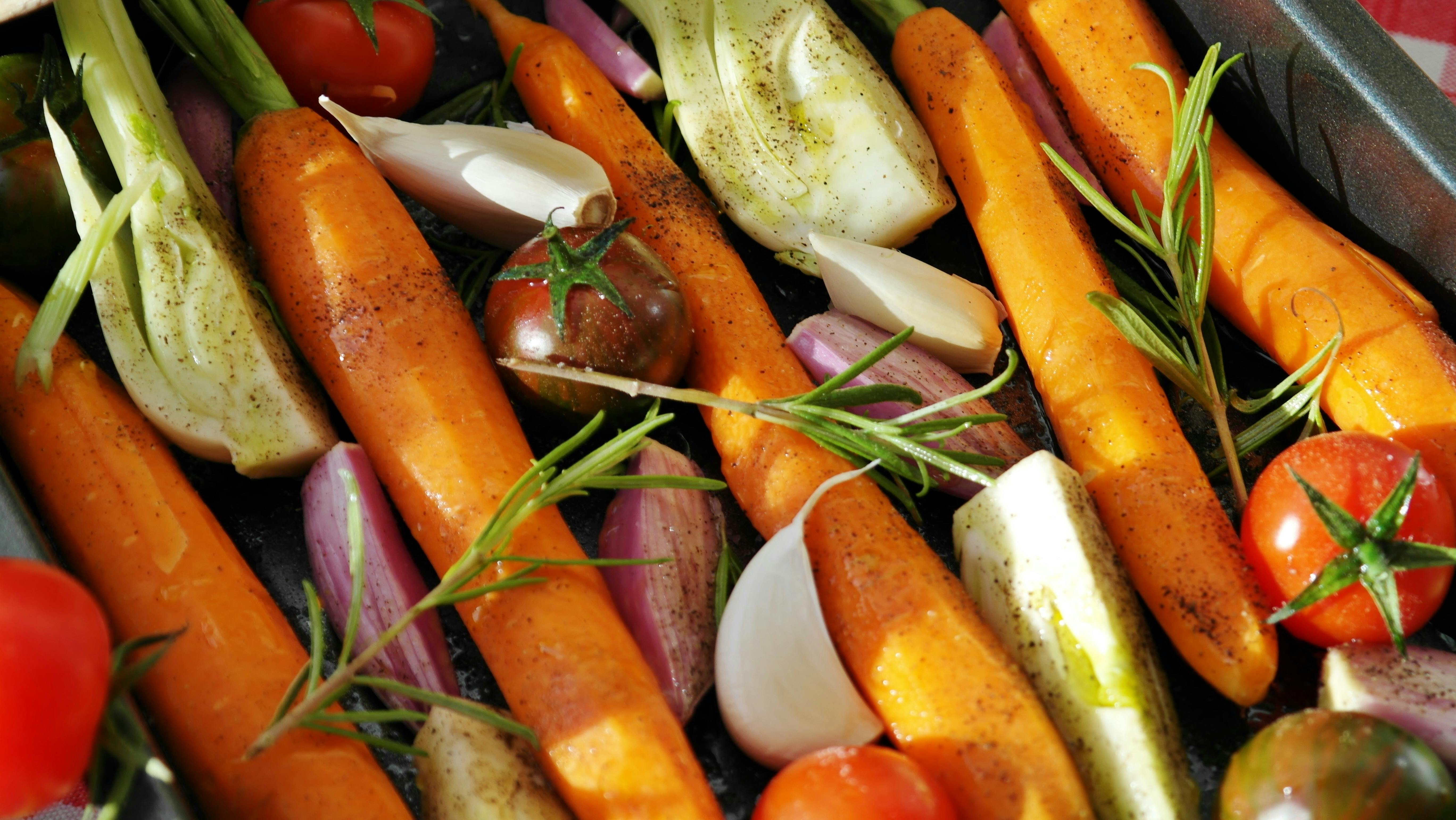
While eating vegetables is always beneficial, the popular preparation method of glazing or caramelizing them can turn a healthy side dish into a sugar spike. Roasting or sautéing vegetables (like carrots, Brussels sprouts, or sweet potatoes) with a sauce containing honey, maple syrup, or brown sugar concentrates the sugar content while simultaneously making the vegetables’ natural starches more digestible. This combination delivers a double hit of fast-acting carbohydrates that undermines the natural fiber buffer. For blood sugar stability, opt for vegetables roasted with olive oil, herbs, and savory spices instead.
31. High-Starch Vegetable Pastes and Purees
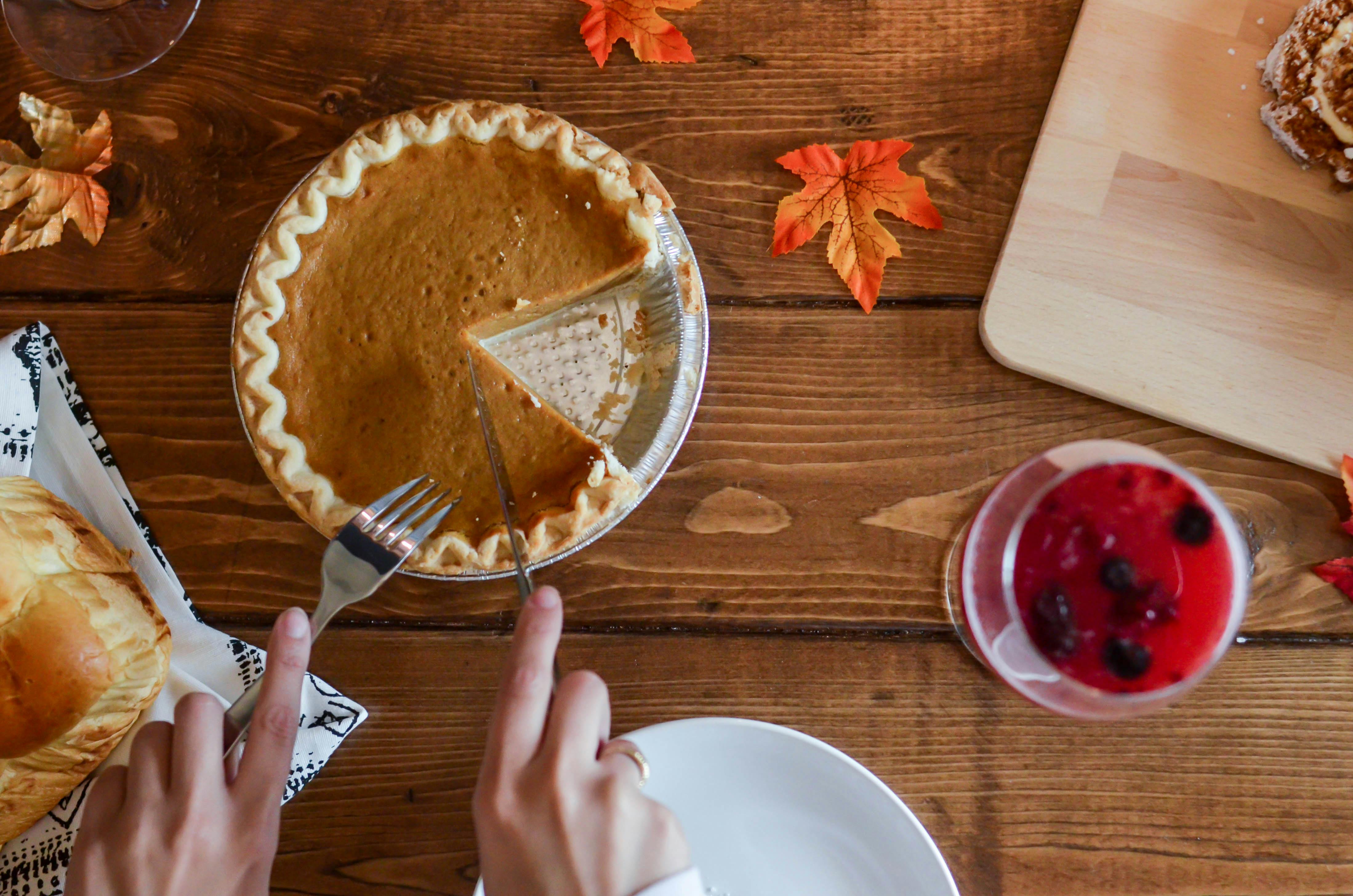
Any vegetable consumed in a paste or puree form—think thick, blended pumpkin, butternut squash, or bean purees used as dips or soup bases—has a surprisingly high glycemic impact. Just like mashed potatoes, the intense blending process destroys the physical structure of the cell walls, removing the natural resistance to digestion. This means the concentrated starches (even natural ones) are immediately available to turn into glucose, causing a spike. Eating the same vegetable in its whole, chopped, or lightly mashed form forces your body to work harder, slowing down sugar absorption for better stability.
32. Syrup-Packed Canned Fruit (Even "In Light Syrup")
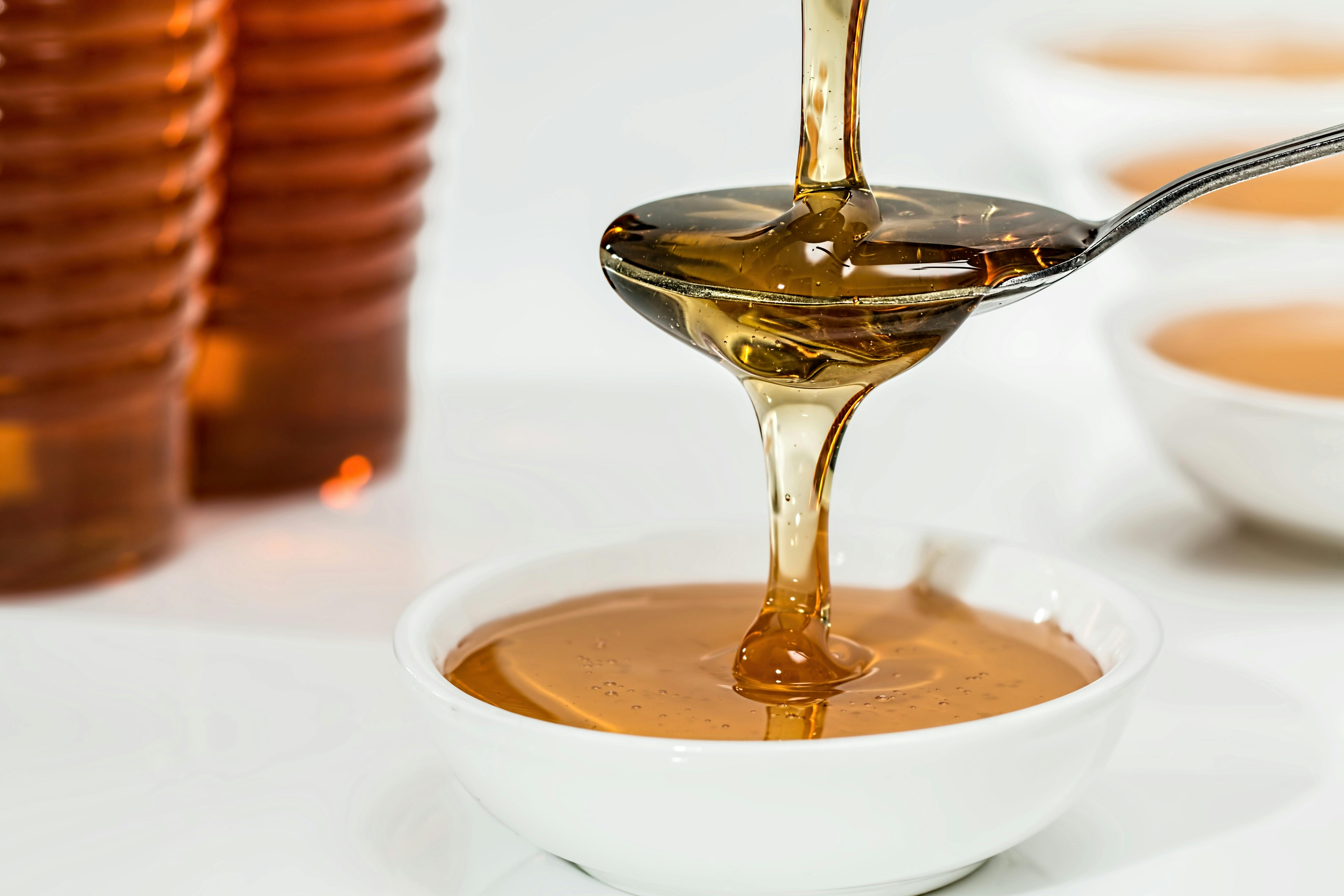
While canned fruit is mentioned, the specific problem of syrup-packed fruit cocktail or peaches needs emphasis. The issue isn't just the added sugar, but the synergistic disaster it creates. The canning process fully cooks the fruit, which breaks down its fiber. It is then suspended in a sugar/syrup solution. When this is consumed, the cooked, fiber-less fruit and the liquid syrup are absorbed simultaneously and instantly. The "In Light Syrup" label offers minimal protection, as it still represents a complete destruction of the whole food's structure, guaranteeing a swift and significant glucose surge.
33. Pre-Made Pizza Dough (Especially Whole Wheat)

While you might believe making pizza at home is healthier than ordering out, the store-bought pre-made pizza dough is a major culprit. Whether it's the white or "whole wheat" variety in the refrigerated aisle, it's engineered for rapid, easy baking and fluffy texture, which means its flour is heavily refined and often supplemented with dextrose, corn syrup, or malt extract to feed the yeast and speed the rise. This chemical treatment and refinement (even of whole wheat flour) ensures the starch is highly accessible to your digestive system. Essentially, you are eating a large disk of pre-digested, high-glycemic carbohydrates that causes a glucose spike before the cheese or toppings even have a chance to slow it down. The only way to significantly mitigate this is to make your dough from scratch using low-GI flour, or opt for a protein-based crust alternative.
34. Unsweetened Sparkling Water with "Natural Flavors"

Many people swap out sugary sodas for unsweetened sparkling water or flavored seltzers thinking they've eliminated the sugar threat entirely. While it’s true they contain zero calories and zero sugar, the artificial and "natural" flavors added to mimic fruit often activate the body’s sweet receptors. This perception of sweetness, even without sugar, can trigger a cephalic phase insulin response (CPIR), where your body releases a preemptive dose of insulin in anticipation of the glucose that should follow. For sensitive individuals or those already dealing with insulin resistance, this unnecessary insulin release can lead to a drop in blood sugar (hypoglycemia) as the insulin has no glucose to process, leading to a crash, craving, and future metabolic confusion. Stick to pure, unflavored sparkling water with a slice of fresh lemon or lime.
35. Commercial Hot Cocoa Mixes (Even "Diet" or "Light")

Hot cocoa seems innocuous, but the dry commercial mixes are a dense matrix of fast-acting sugar and fillers. The issue is two-fold: first, they are almost entirely built on powdered sugar (dextrose/sucrose) and corn syrup solids. Second, the "light" or "diet" versions often replace this with the ultra-high-glycemic starch maltodextrin for bulk, texture, and mouthfeel, which can spike blood sugar even higher and faster than plain sugar. Unlike eating a solid food, dissolving this powder in hot water creates a liquid sugar shot that is instantly absorbed. Even the non-sweet ingredients like emulsifiers and anti-caking agents contribute to the highly refined, fast-digesting nature of the product. Use 100% unsweetened cocoa powder with a low-glycemic sweetener and unsweetened nut milk instead.
36. Restaurant Breads and Rolls (The Free Starter)
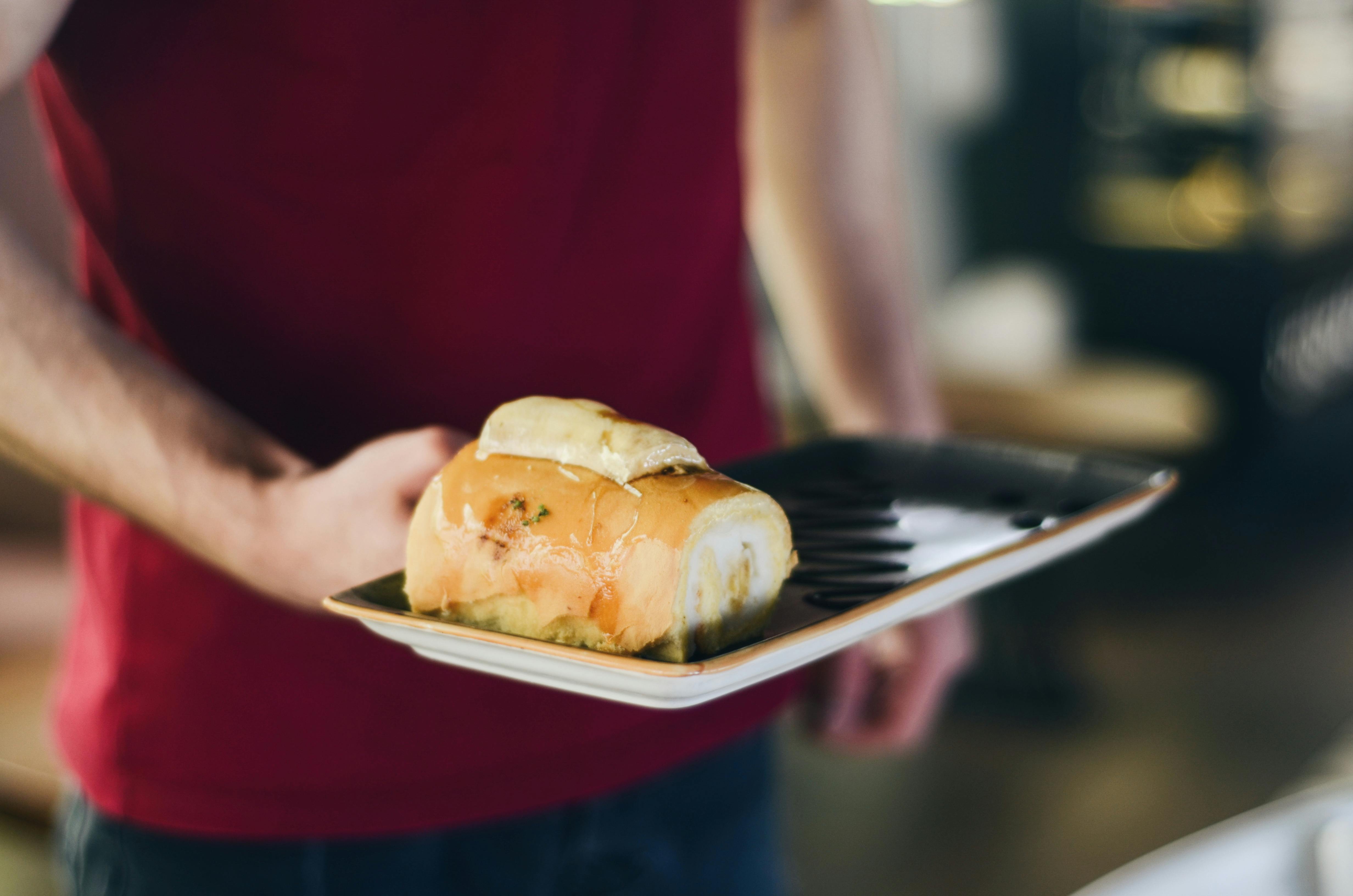
That seemingly harmless basket of complimentary bread or rolls offered at a restaurant before your meal is designed for immediate satisfaction, making it a powerful glucose trigger. Restaurant bread is often made with highly refined white flour, contains dough conditioners that accelerate starch breakdown, and is frequently brushed with a sugar wash (or given an extended proofing time) to ensure a perfectly soft, fluffy interior and a quick golden crust. This texture indicates a very high glycemic load, and because it’s eaten quickly on an empty stomach, it causes a substantial blood sugar spike before your main course arrives. This pre-meal surge disrupts metabolic balance and makes it harder for your body to process the glucose from the rest of your meal effectively.
37. Packaged Dried Bean and Lentil Soups (Hidden Starch Thickeners)
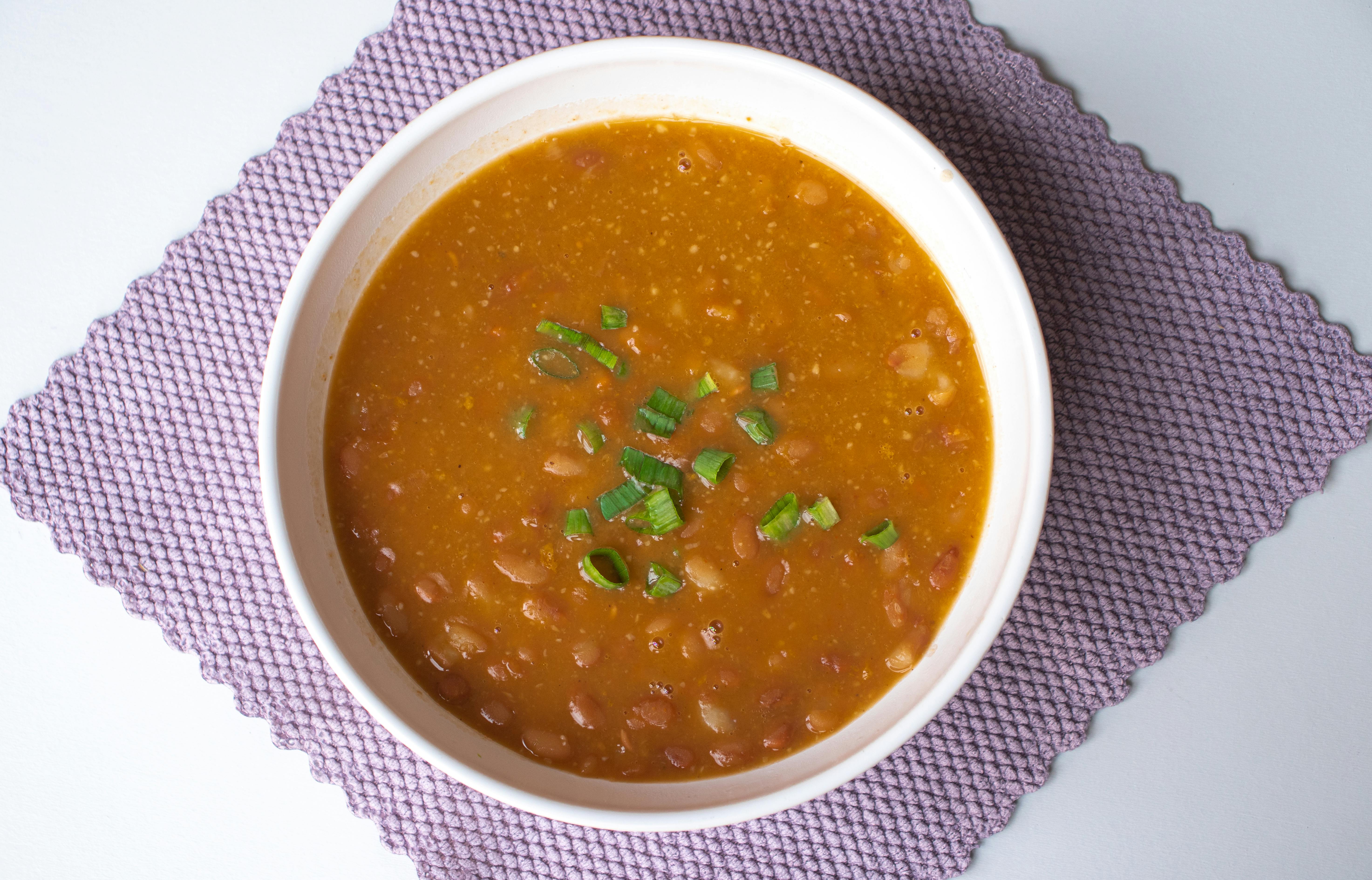
Beans and lentils are normally low-glycemic heroes due to their fiber and protein content. However, the convenience of packaged dried soup mixes (especially those where you only add water or broth) hides a significant sugar risk. To ensure the soup thickens reliably and quickly, these mixes rely heavily on added modified food starch (like modified corn starch or potato starch) or maltodextrin as thickeners. While the lentils and beans themselves are fine, these refined starches dissolve and are instantly converted to glucose, hijacking the benefit of the legumes. Check the ingredient list for any starches or flours before the actual bean and vegetable ingredients, or better yet, make your soup from scratch using whole, dried or canned beans.
38. Flavored Coffee Syrups (The Morning Sugar Bomb)

That sweet, creamy latte you grab for a morning boost is often a hidden glucose disaster, even before you consider the dairy. Flavored coffee syrups, whether from a café or bottled for home use, are pure liquid sugar or high-fructose corn syrup, designed for maximum dissolution and taste impact. A single pump can contain 5 to 10 grams of sugar, meaning a typical flavored drink can easily have 30 to 50 grams of fast-acting sugar delivered straight to your gut in liquid form. This ensures an immediate and powerful blood sugar spike right at the start of your day, setting you up for an energy crash and subsequent cravings. Stick to pure espresso or coffee, and sweeten with a low-glycemic natural sweetener if necessary.
39. Most Plantain and Root Vegetable Chips
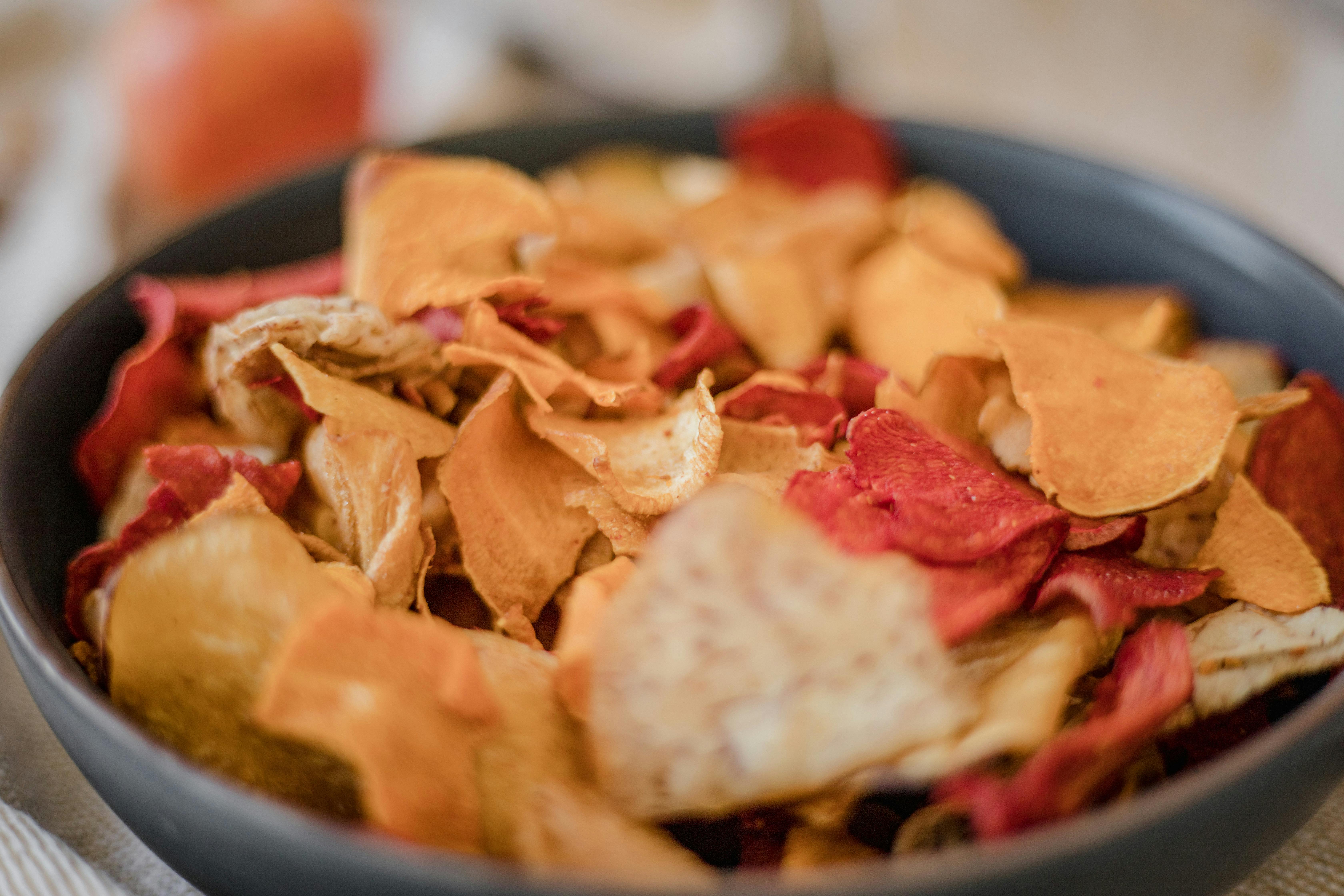
Many people correctly avoid potato chips but substitute them with chips made from root vegetables like plantains, taro, or cassava (yuca), believing them to be lower-glycemic or "healthier." While these roots are technically whole foods, the process of slicing them thinly and frying or baking them destroys the natural cellular structure. This physical alteration turns the dense, natural starch into a highly accessible, fast-digesting form. Much like with mashed potatoes, the body converts this refined starch to glucose almost instantly, resulting in a surprising blood sugar spike that offers little satiety or lasting energy. For a better alternative, choose chips made from low-starch vegetables like kale or zucchini.
40. Commercial Nut Butters (Beyond Just Sugar)
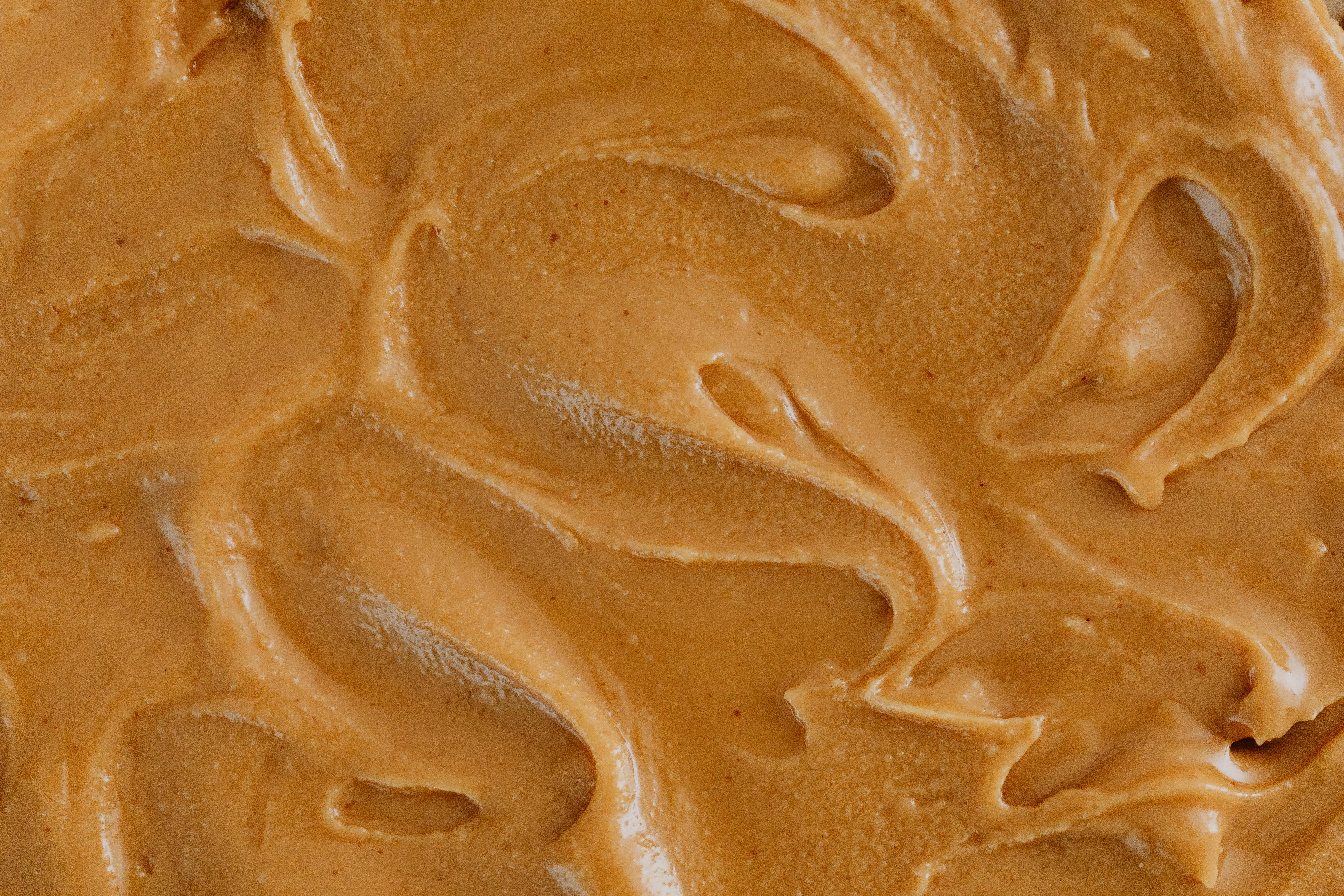
The danger in commercial nut butters (peanut, almond, cashew) isn't just the obvious added sugar, but the addition of high-glycemic oils and stabilizers. To prevent separation and ensure a creamy texture, many brands add refined ingredients like hydrogenated vegetable oils (which increase inflammation) and, crucially, dextrose or corn syrup solids that are highly processed starches. This combination introduces fast-acting carbohydrates that accelerate the rate at which the natural nut starches are converted to glucose, undermining the protein and healthy fats meant to stabilize your blood sugar. Always choose brands with an ingredient list containing only nuts and possibly salt, and stir before serving.
41. Sugar-Free Hard Candies and Mints
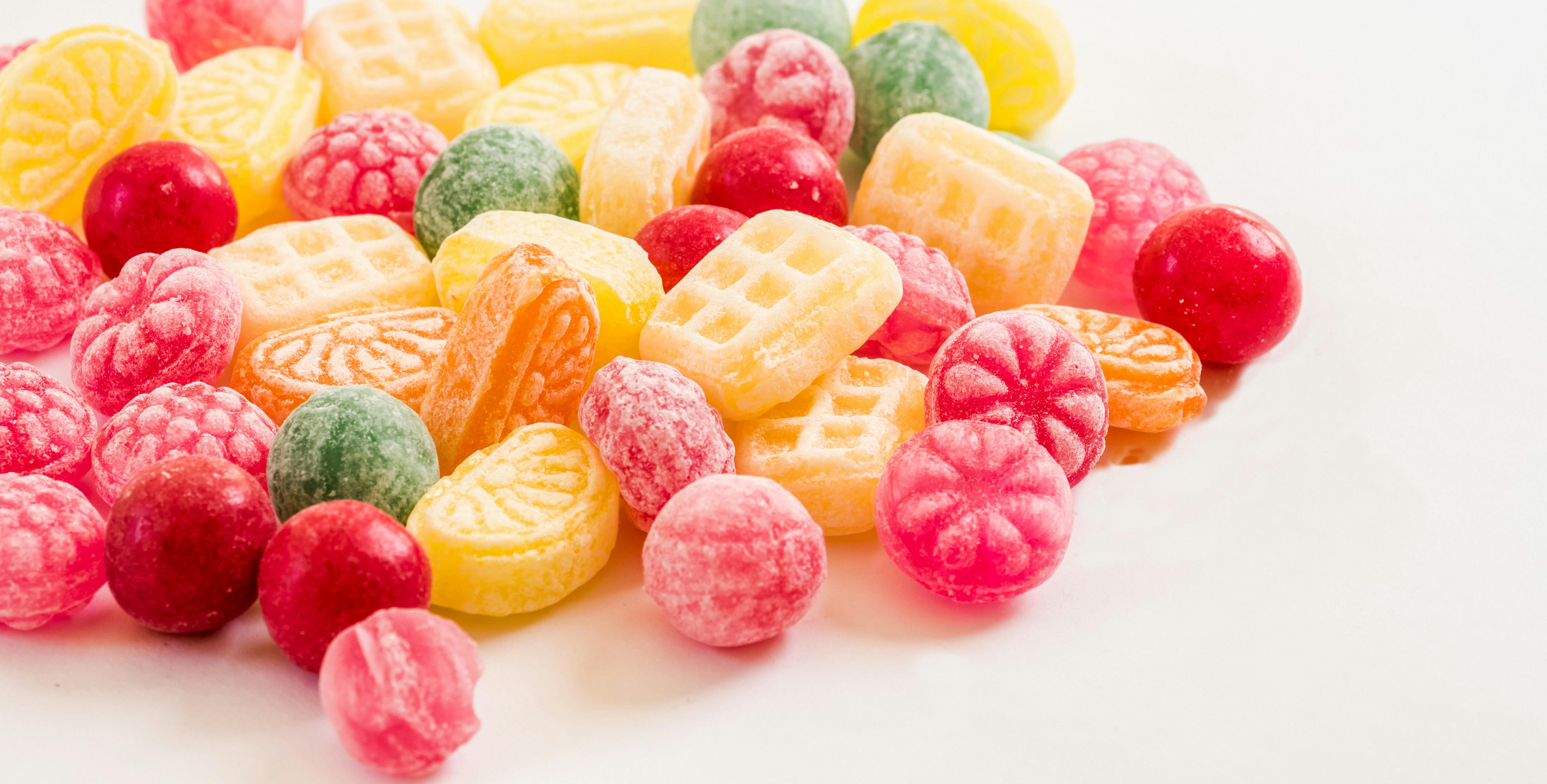
People often reach for "sugar-free" candies or mints to satisfy a sweet tooth without the glucose hit, but these can cause trouble through another high-glycemic pathway. Many sugar-free products rely on sugar alcohols (like maltitol or sorbitol) and, more subtly, synthetic starches to mimic the mouthfeel and bulk of real sugar. While sugar alcohols are metabolized differently, the overall volume of these highly refined substitutes can still trigger a significant and unexpected glucose response in sensitive individuals. Furthermore, the intense, artificial sweetness can heighten sugar cravings and encourage the cephalic phase insulin response, leading to subsequent energy dips and hunger.
42. Vegetable Oil-Based Mayonnaise and Sauces
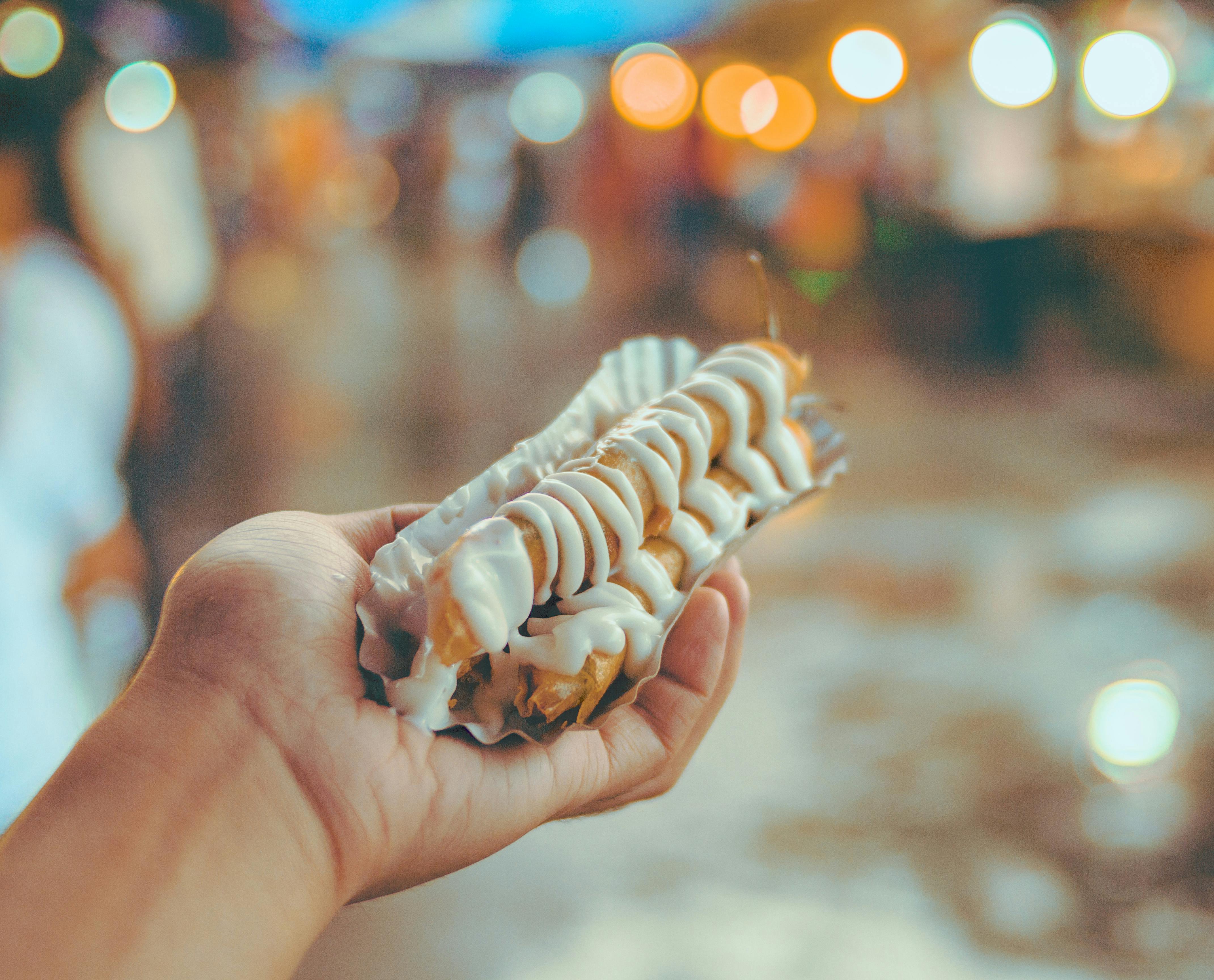
Mayonnaise, aioli, and creamy specialty sauces are rarely thought of as glucose culprits, but the type of industrial seed oil used as the base can secretly undermine metabolic health. Most commercial mayonnaises are made with high amounts of inflammatory oils like soybean, canola, or corn oil, which are rich in omega-6 fatty acids. While they don't cause an immediate glucose spike, chronic inflammation caused by an imbalance of omega-6 to omega-3 fats leads to insulin resistance over time. Insulin resistance is the core issue of poor blood sugar control. By choosing sauces made with avocado or olive oil instead, you reduce the inflammatory load that quietly drives long-term glucose instability.
43. De-Starched Root Vegetables (e.g., Cooked Carrots)
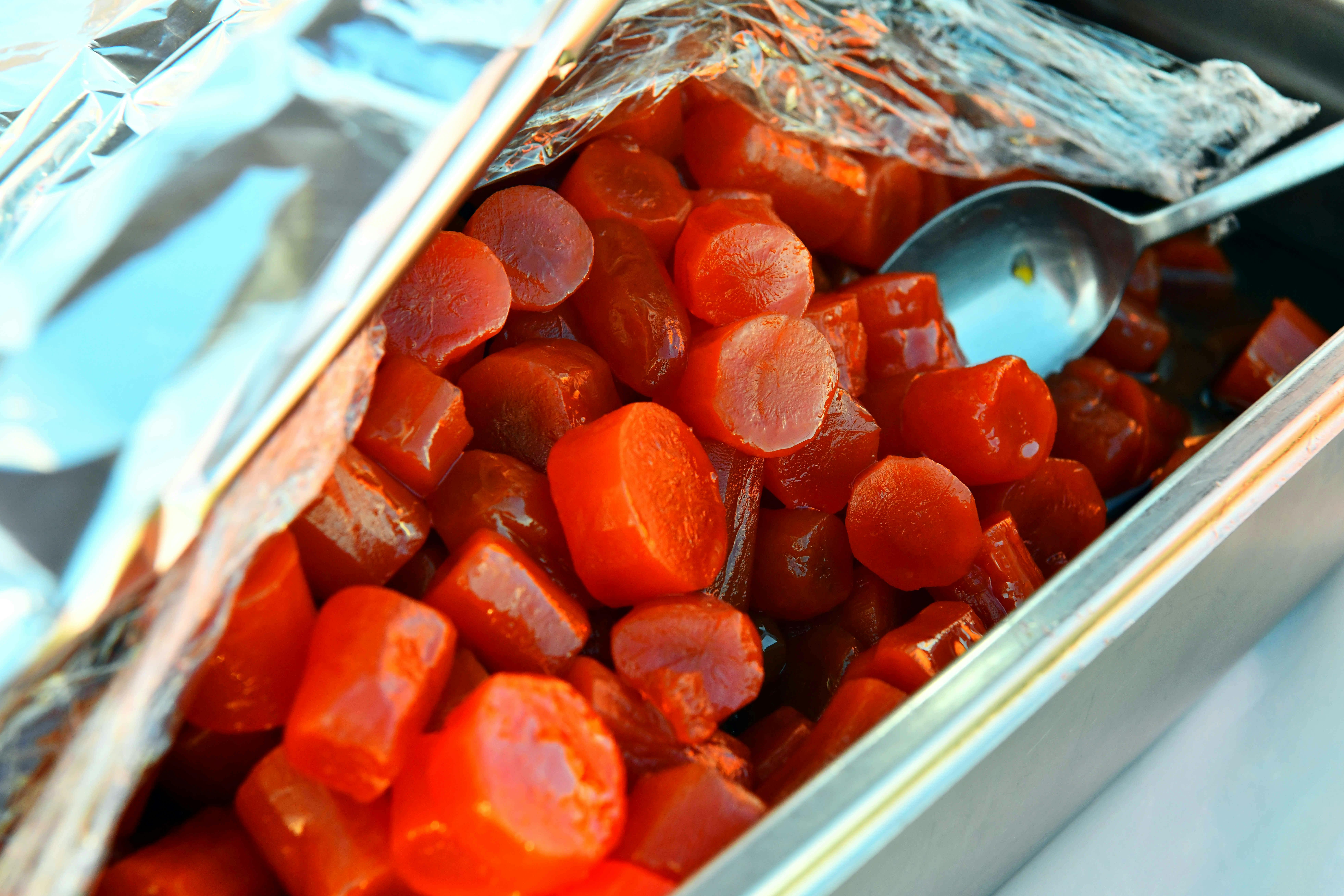
While whole vegetables are generally safe, certain high-starch roots, like carrots and parsnips, become surprisingly high-glycemic when cooked extensively. Boiling or roasting these vegetables to a very soft, fork-tender consistency fully gelatinizes the starch, making it incredibly easy for the body to convert it to glucose almost instantly—similar to mashed potatoes. Consuming large portions of overcooked carrots, for example, can cause a faster spike than the same amount of raw or lightly steamed vegetables. For blood sugar stability, always consume these roots cooked al dente (still slightly firm) and pair them with healthy fat and protein.
44. High-Fructose Sweeteners (Agave Syrup and Date Paste)
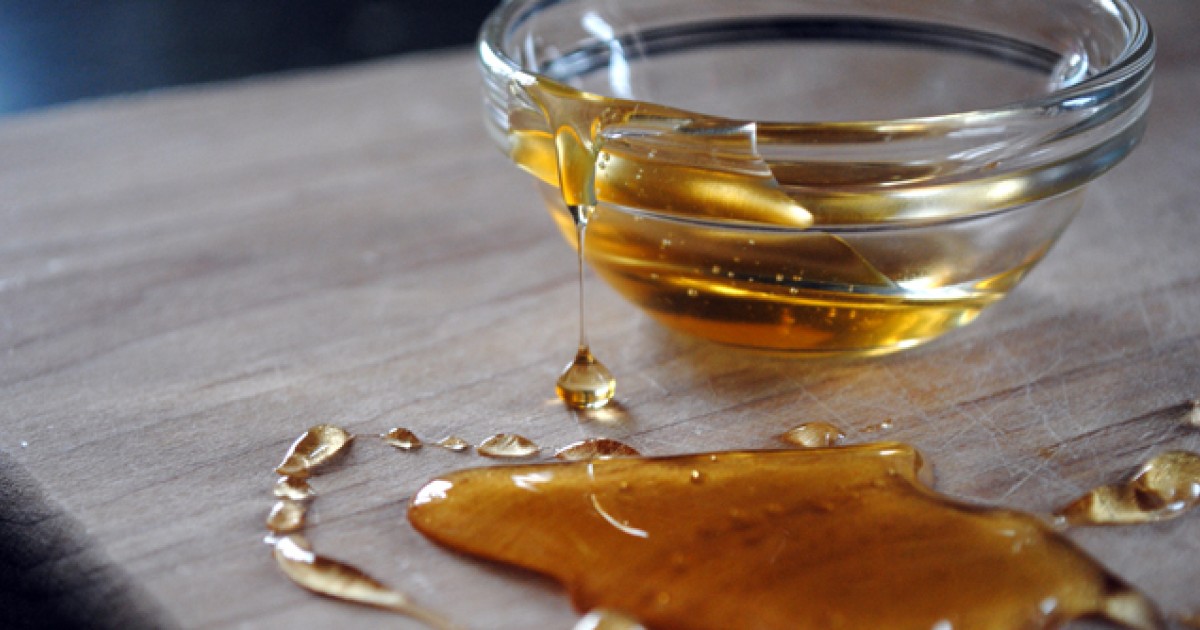
Many health-conscious individuals swap cane sugar for "natural" alternatives like agave syrup or date paste, believing they are lower-impact. However, agave is often 80−90% fructose, which, while not spiking immediate blood sugar, must be processed entirely by the liver. High intake of free fructose can lead to fatty liver development and increased insulin resistance over time—the root cause of blood sugar dysfunction. Date paste, while fibrous, is extremely concentrated whole fruit sugar. These sweeteners pose a long-term metabolic threat that belies their "natural" label. Use them as sparingly as table sugar.
45. Restaurant Fries (The "Double-Cooked" Problem)
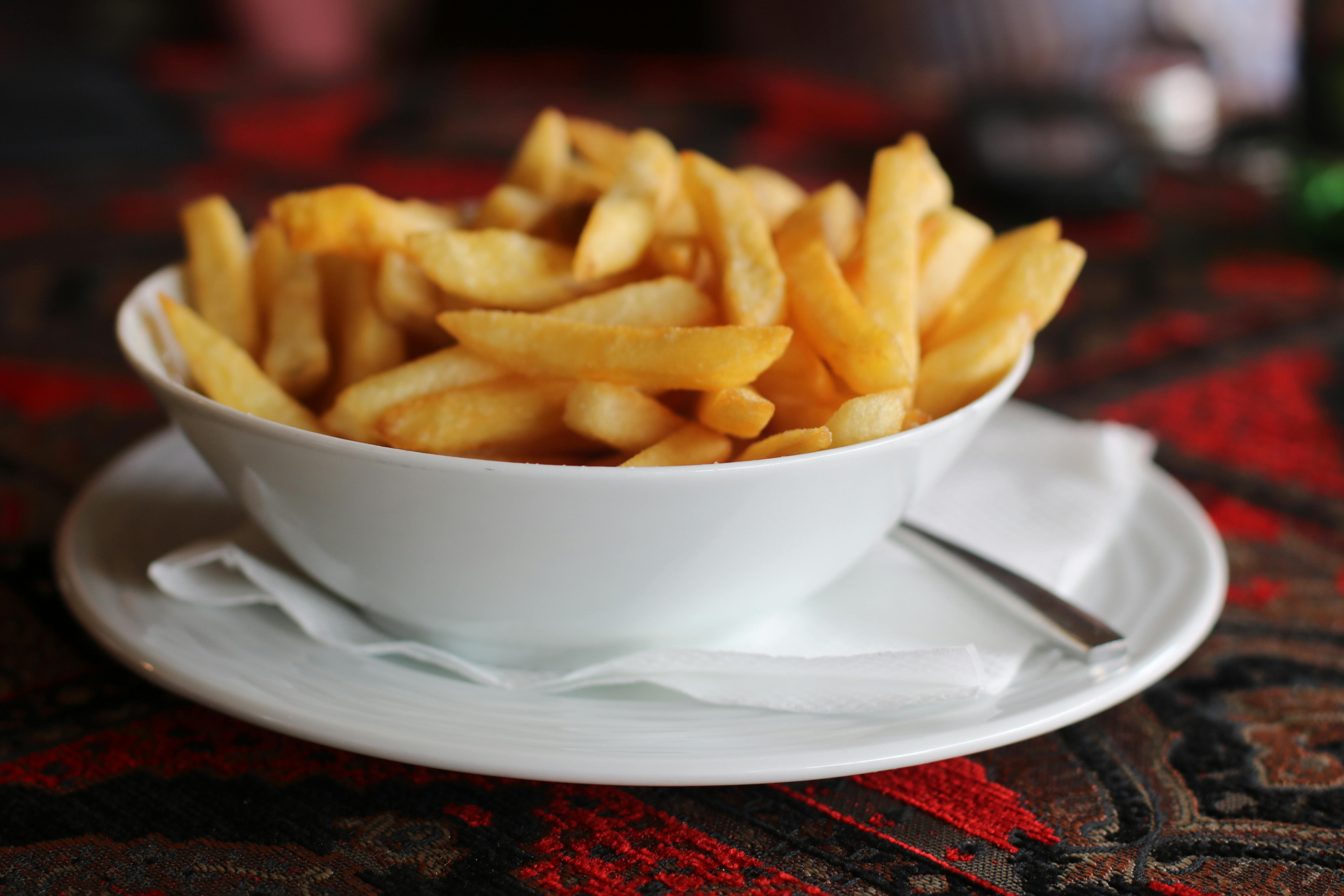
Restaurant french fries, particularly thin-cut or shoestring varieties, are metabolic traps due to the double cooking process (blanching/par-frying followed by a final fry) and the type of oil used. The initial par-fry fully gelatinizes the starch inside the potato, making it highly available for immediate glucose conversion. The final fry adds large amounts of inflammatory vegetable oils (omega-6 rich), which contribute to chronic inflammation and insulin resistance. Even when consumed with protein, the ultra-processed state of the starch guarantees a swift, powerful, and metabolically damaging glucose surge.
46. Protein Bars (with Isomalto-Oligosaccharides/IMOs)
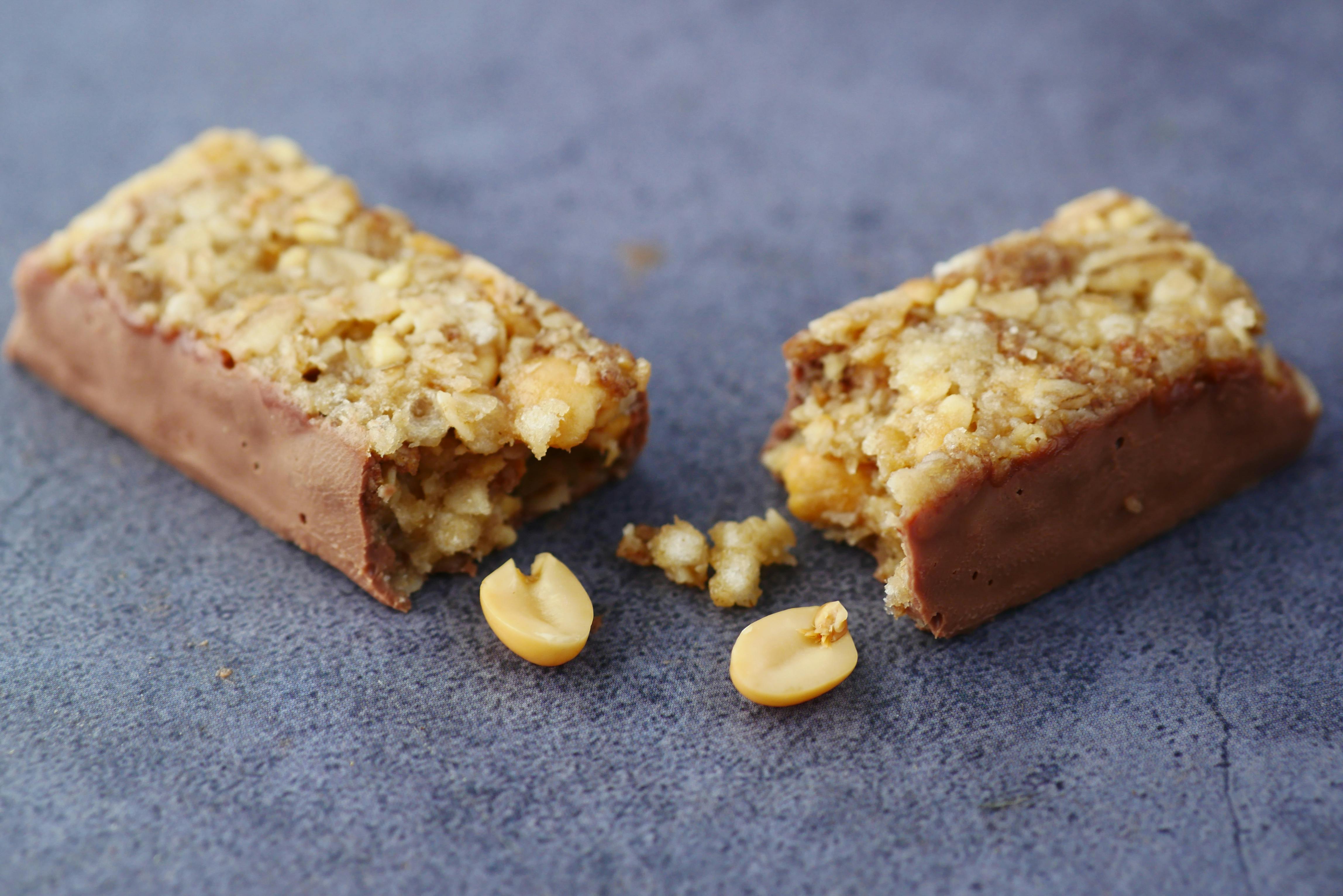
Many seemingly healthy "low-sugar" or "high-fiber" protein bars rely on sweeteners derived from starch, such as Isomalto-Oligosaccharides (IMO), often listed vaguely as tapioca or corn fiber. IMO was initially marketed as low-glycemic fiber, but studies have shown it is digested in the body more like a refined carbohydrate, causing a significant and unexpected rise in blood sugar for many individuals. Always check the ingredient list of "keto" or "low-carb" bars; if the fiber content seems too high or the sweetener is unclear, you might be consuming a stealthy, fast-acting starch.
47. Store-Bought Premade Waffles and Pancakes (Refined Mixes)
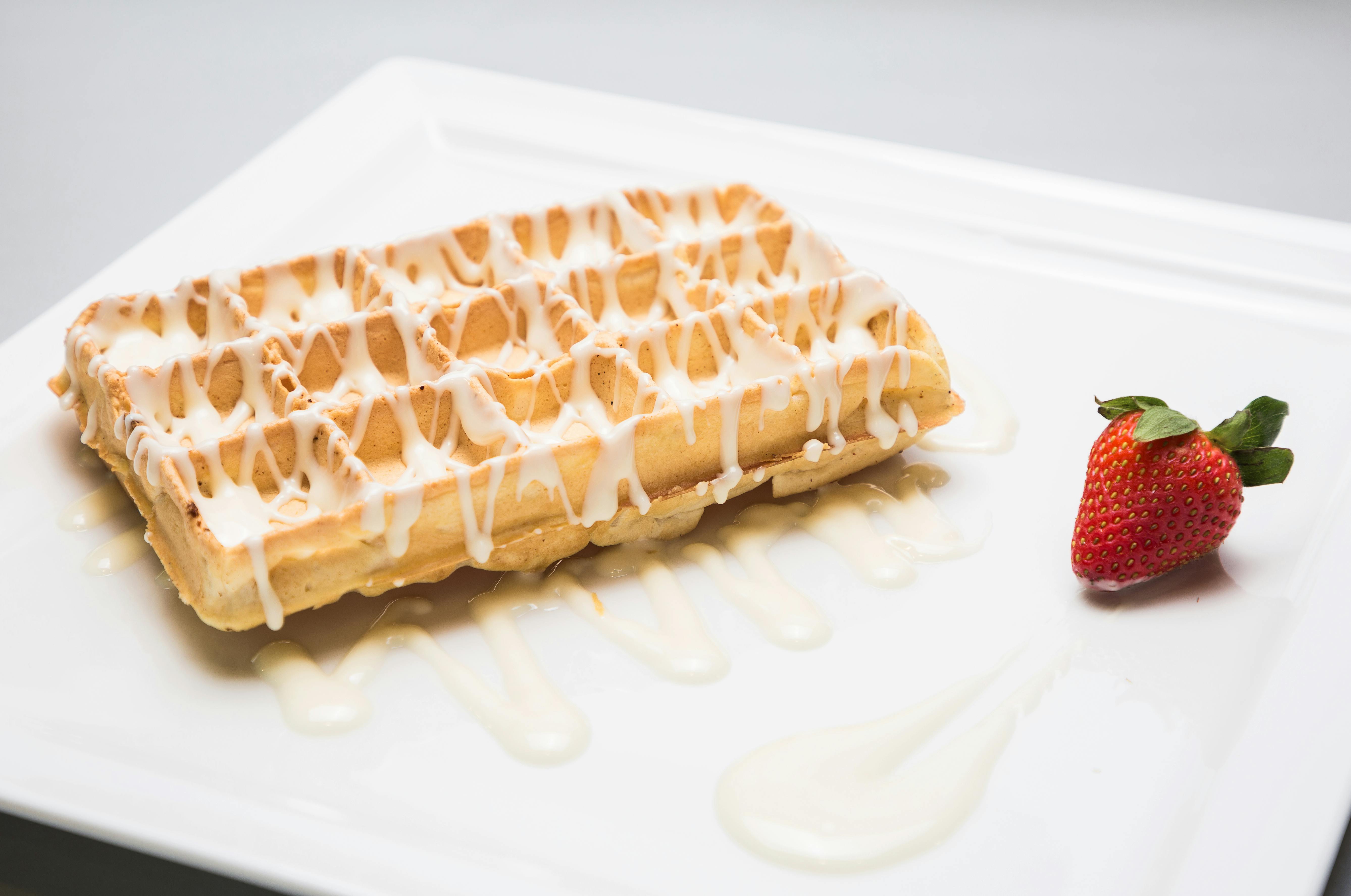
Premade waffles, pancakes, and commercial mixes are dangerous due to the combination of ultra-refined white flour, added sugar, and processed gums/emulsifiers designed for stability and a super-fluffy texture. This extreme refinement of the flour and the fluffy, low-density texture maximize the surface area of the starch, leading to rapid conversion into glucose and an instant spike. Even "buttermilk" varieties are often chemical concoctions. Eating these quick-heating foods—especially without added protein—is essentially consuming pure, fast-acting sugar that guarantees a crash shortly after breakfast.
48. White Flour Tortillas and Wraps (The Flattened Carb)
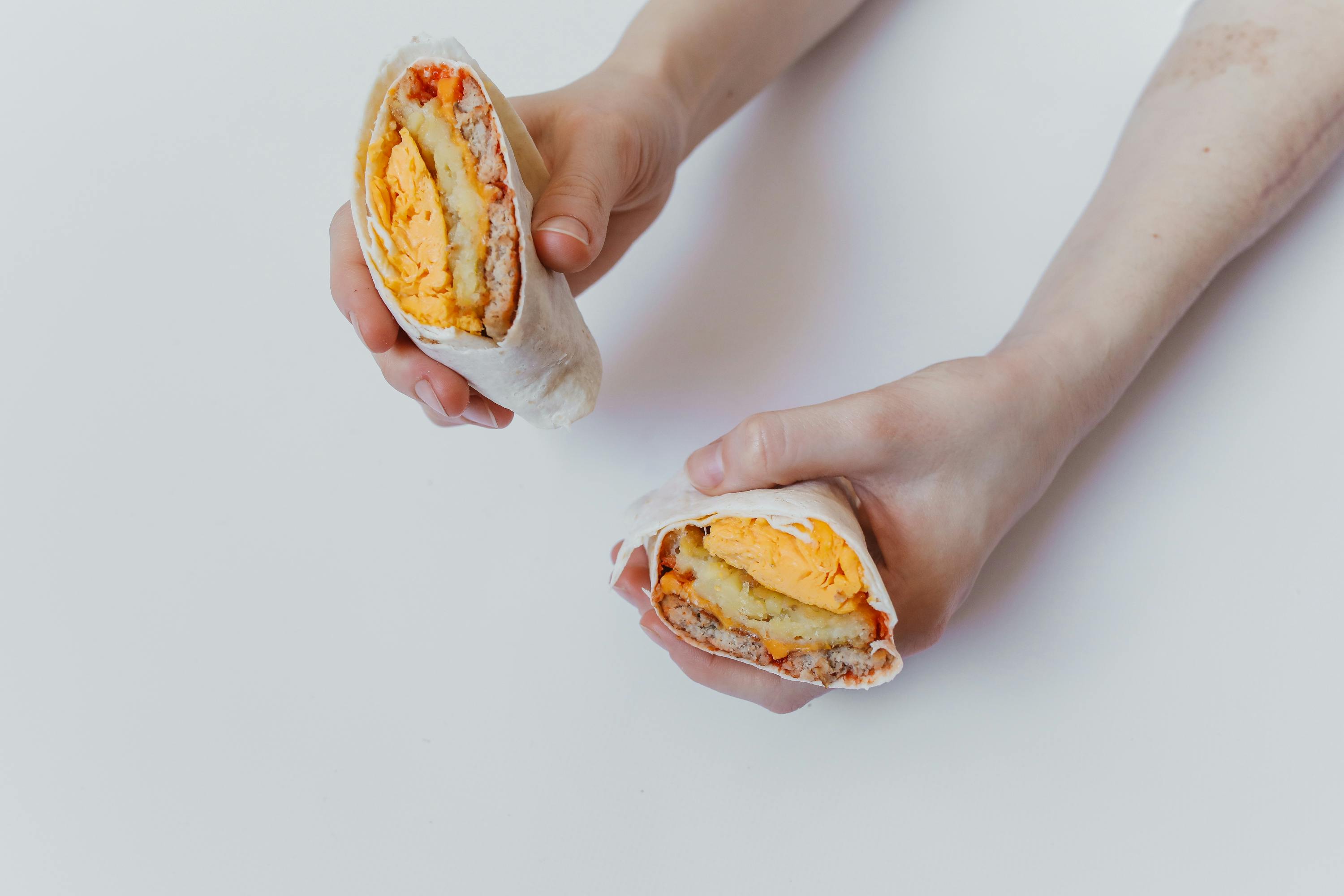
Many view tortillas and wraps as simple meal vessels, yet the typical white flour varieties are highly refined metabolic traps. The dough is made from enriched white flour (low fiber) and chemically treated for maximum flexibility. The process of pressing and heating the dough into a thin, flat sheet maximizes the starch's surface area, making it instantly available for digestion. This results in a rapid glucose spike, similar to white bread, but often consumed in larger quantities in a single meal. Opt instead for small, high-fiber, whole-grain tortillas or lettuce wraps to mitigate the glucose rush.
49. Flavored Rice Dishes (Hidden Corn Syrup Solids)
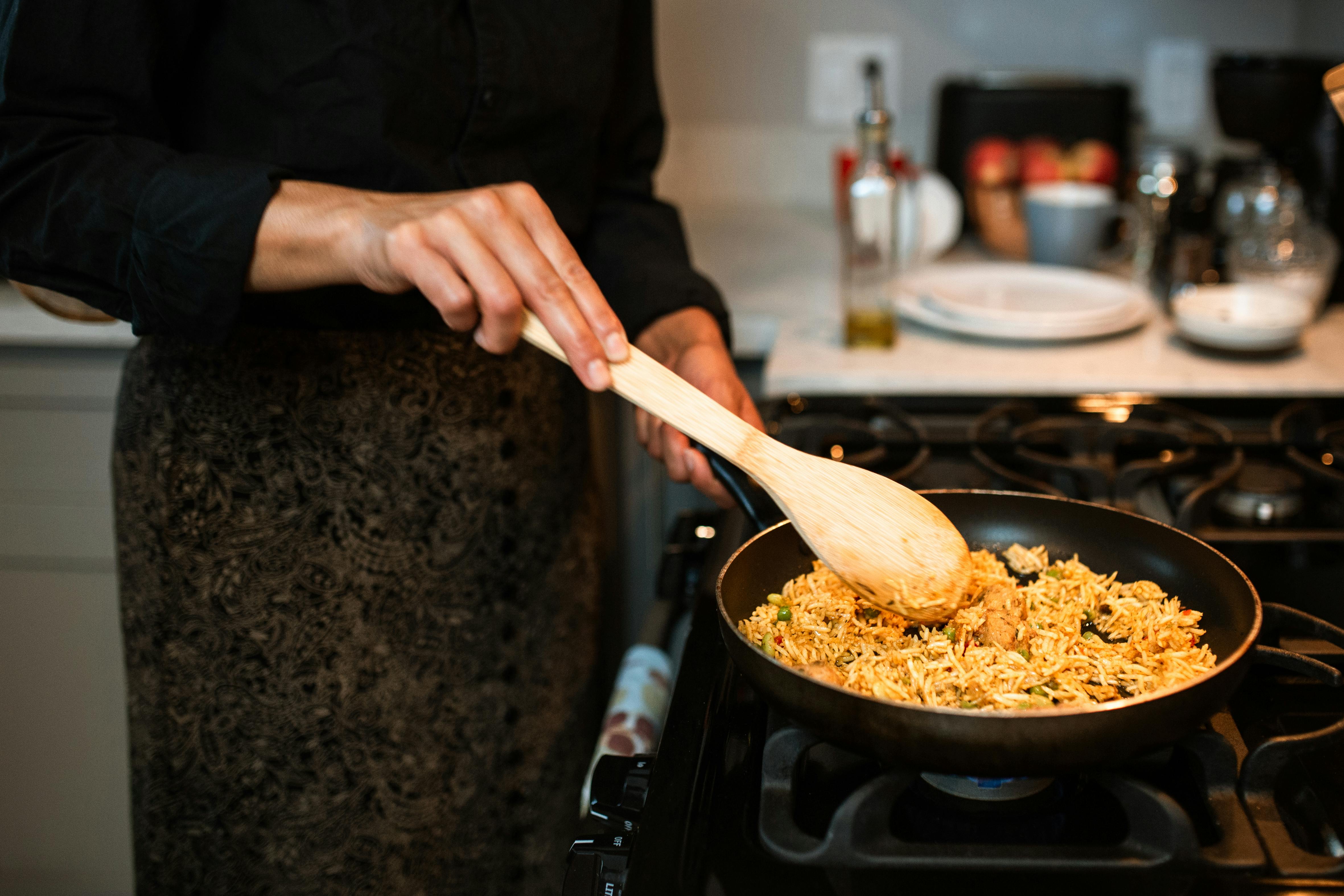
Be wary of pre-seasoned or flavored rice mixes (like rice pilaf, rice-a-roni, or fast-food rice sides). These savory-marketed products are not just refined white rice; they often contain powdered flavor packets laden with corn syrup solids, sugar, and maltodextrin. These ingredients are added to improve texture, stickiness, and taste perception, but they significantly amplify the overall glycemic load. Always choose plain, intact grains like brown rice or wild rice, and season them yourself with herbs and healthy fats to maintain precise control over your carbohydrate and sugar intake.
50. Corn and Rice Cereal Bars (The Refined Grain Glue)
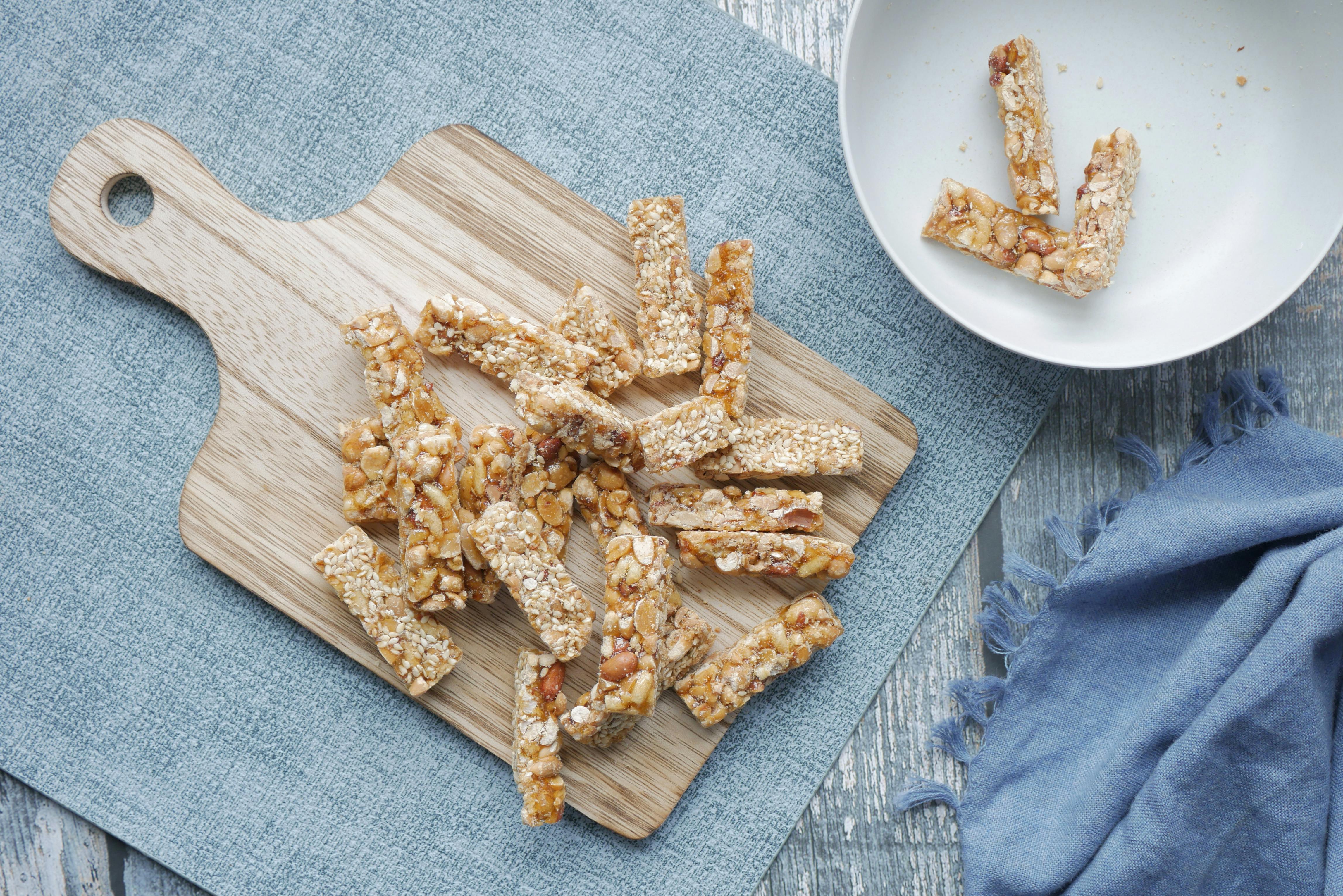
These bars, often marketed for kids' lunchboxes or quick snacks, pose a double metabolic threat. They rely on puffed or crisped rice/corn (already high-glycemic—see #28) and use high-fructose syrup or corn syrup as the glue to hold the refined grains together. This creates a dense, chewy block of pure, fast-acting sugars and highly processed starch. The lack of meaningful protein or healthy fat ensures a steep, immediate blood sugar surge without any sustained energy, leading quickly to the dreaded energy crash and cycle of hunger. Choose snacks based on nuts, seeds, or whole food ingredients instead.
51. Shelf-Stable "Diet" Pudding Cups
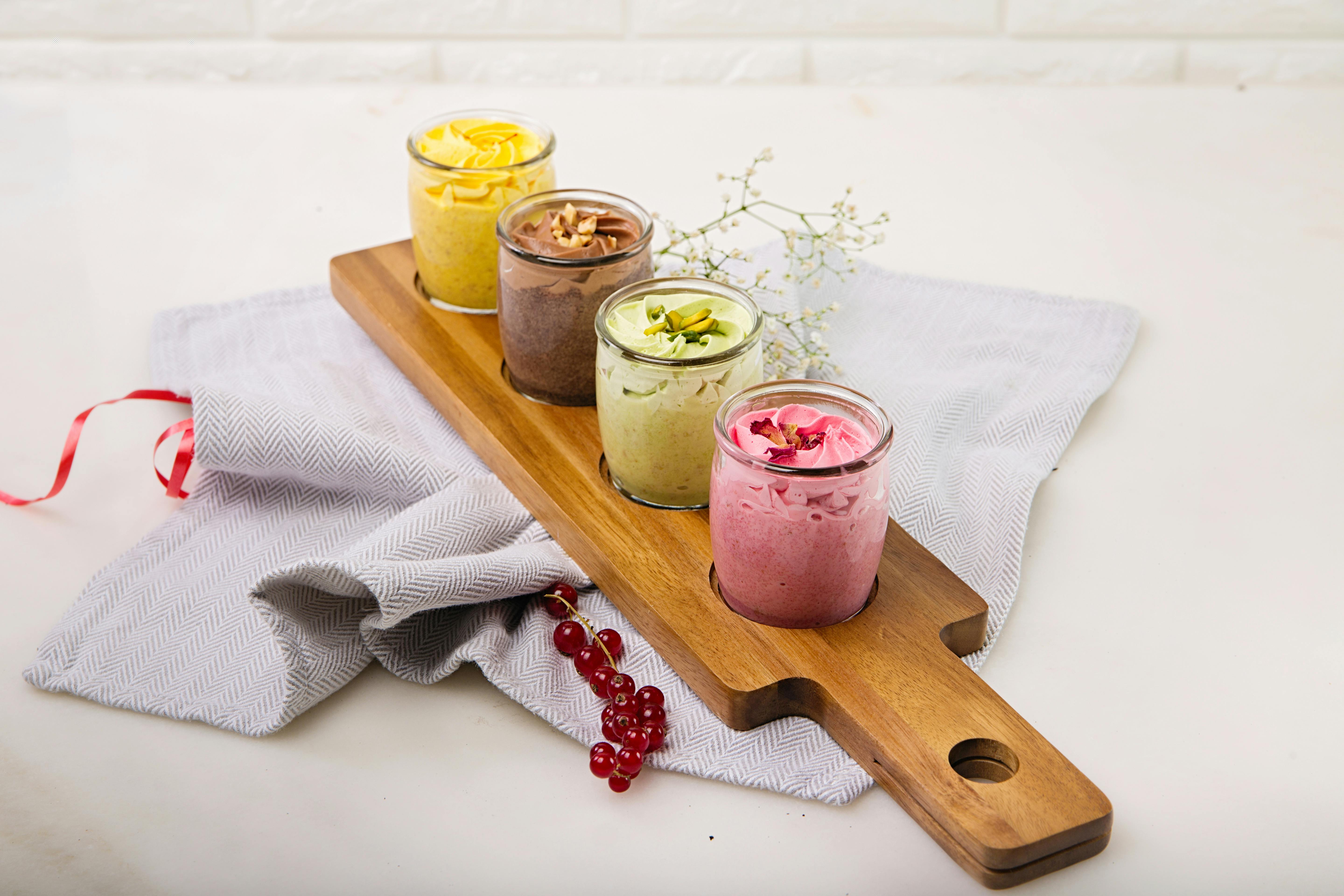
Convenient, shelf-stable, sugar-free pudding cups are a stealthy pitfall. While they avoid obvious sugar, they are thickened and stabilized with fast-digesting starches like modified corn starch, tapioca starch, and maltodextrin. These highly processed ingredients provide the bulk and creamy texture needed to compensate for the missing sugar and fat. This concentrated dose of refined starch (even if low-calorie) can quickly convert to glucose upon consumption, causing an unexpected spike. Always check the carbohydrate count and look for high-glycemic starches hidden in the ingredient list.
52. Savory Crackers (The Refined Starch Base)

Savory crackers (like water crackers, butter crackers, or sandwich crackers) are often consumed mindlessly but are typically made from highly refined white or bleached wheat flour with minimal fiber. This flour base guarantees a quick conversion to glucose. Furthermore, many contain small amounts of hidden sweeteners to improve palatability and browning. Since they offer virtually no protein or fiber, consuming a handful sends an immediate signal for insulin release, similar to eating a dessert. For stable blood sugar, choose crackers made from whole nuts, seeds, or high-fiber flours.
53. Cornstarch and Tapioca as Thickeners (The Ultra-Refined Starch Hit)

Cornstarch and tapioca starch are common gluten-free thickeners in homemade sauces, gravies, and soups. While they seem benign, they are pure, isolated starch with zero fiber or protein, engineered for rapid thickening. This means they possess an extremely high Glycemic Index (GI)—often higher than table sugar—because their molecules are instantly available for conversion into glucose. Adding even one tablespoon of these starches to a dish ensures a fast, significant glucose surge that the original ingredients, like whole vegetables, would not have caused. For stable blood sugar, use low-carb thickeners like xanthan gum sparingly, or reduce liquids naturally through simmering.
Navigating the Blood Sugar Landscape

Understanding the hidden sugars and refined carbohydrates in seemingly healthy foods is crucial for managing blood sugar levels effectively. By identifying these sneaky culprits, you can make more informed dietary choices that support long-term health and stability. Opting for whole, unprocessed foods and being mindful of ingredient labels are key strategies in maintaining a balanced diet. As you navigate the complex world of nutrition, remember that small changes can have a significant impact on your overall health and well-being. Empowered with this knowledge, you can take control of your diet and avoid the blood sugar rollercoaster.